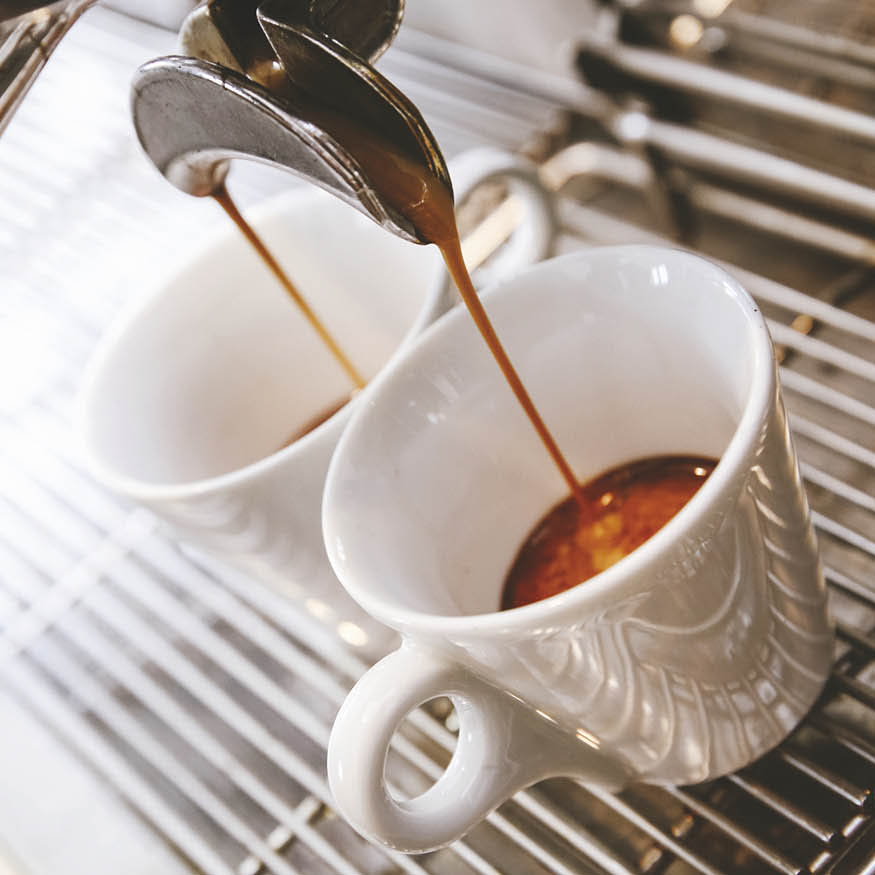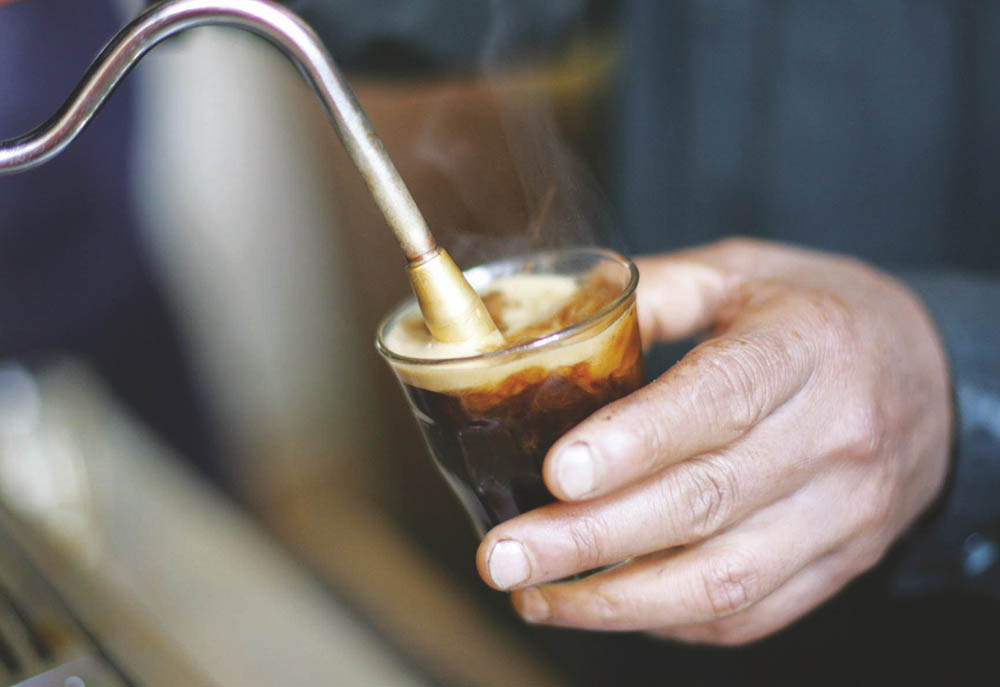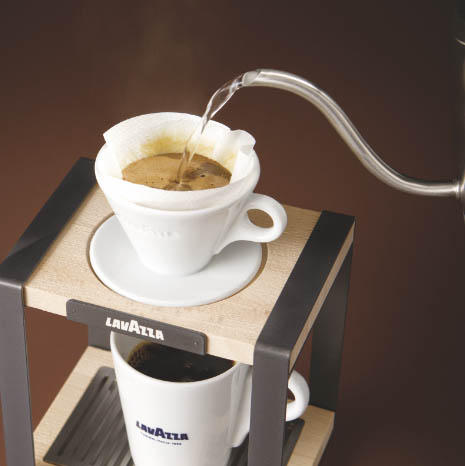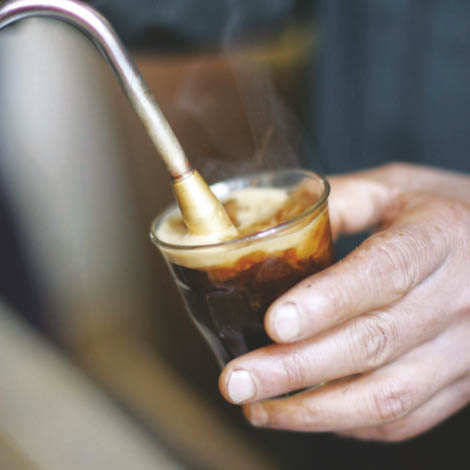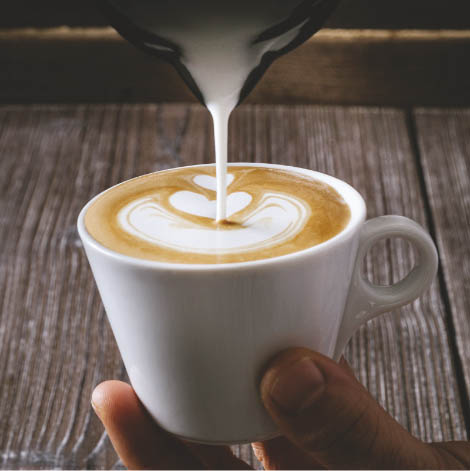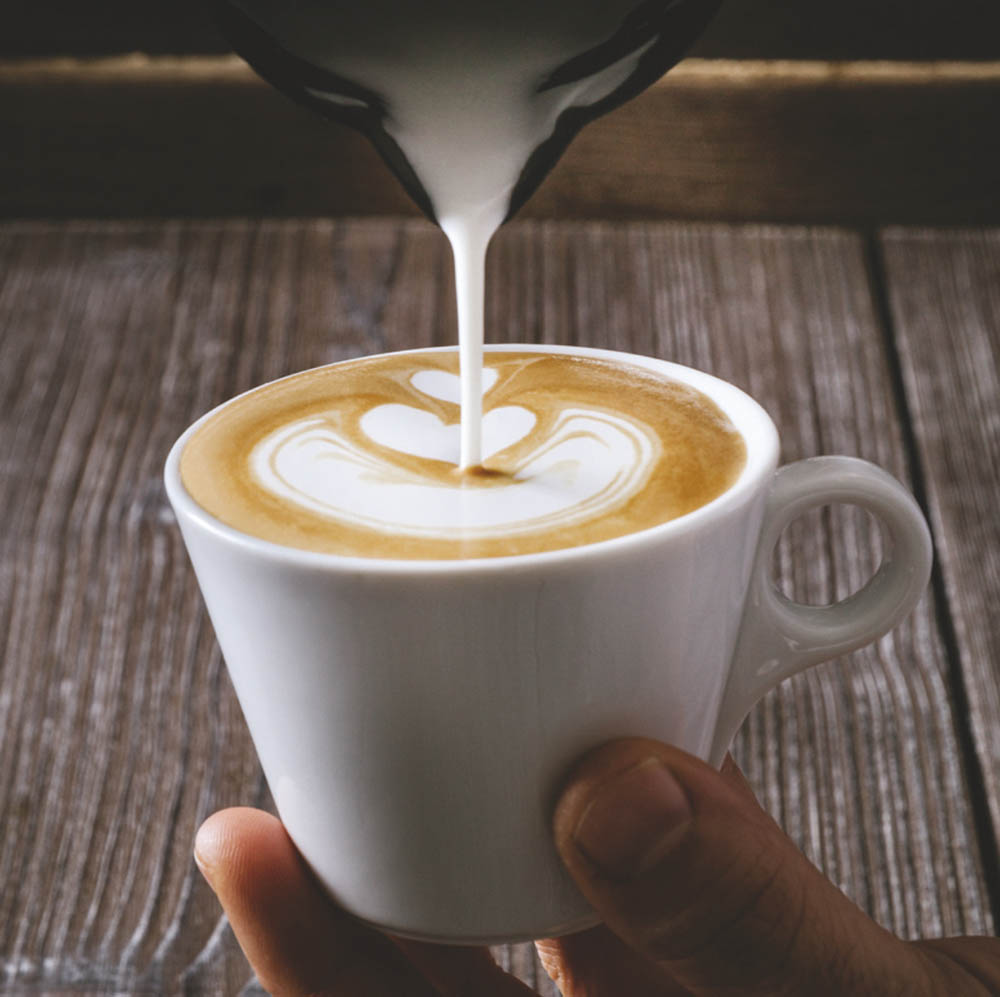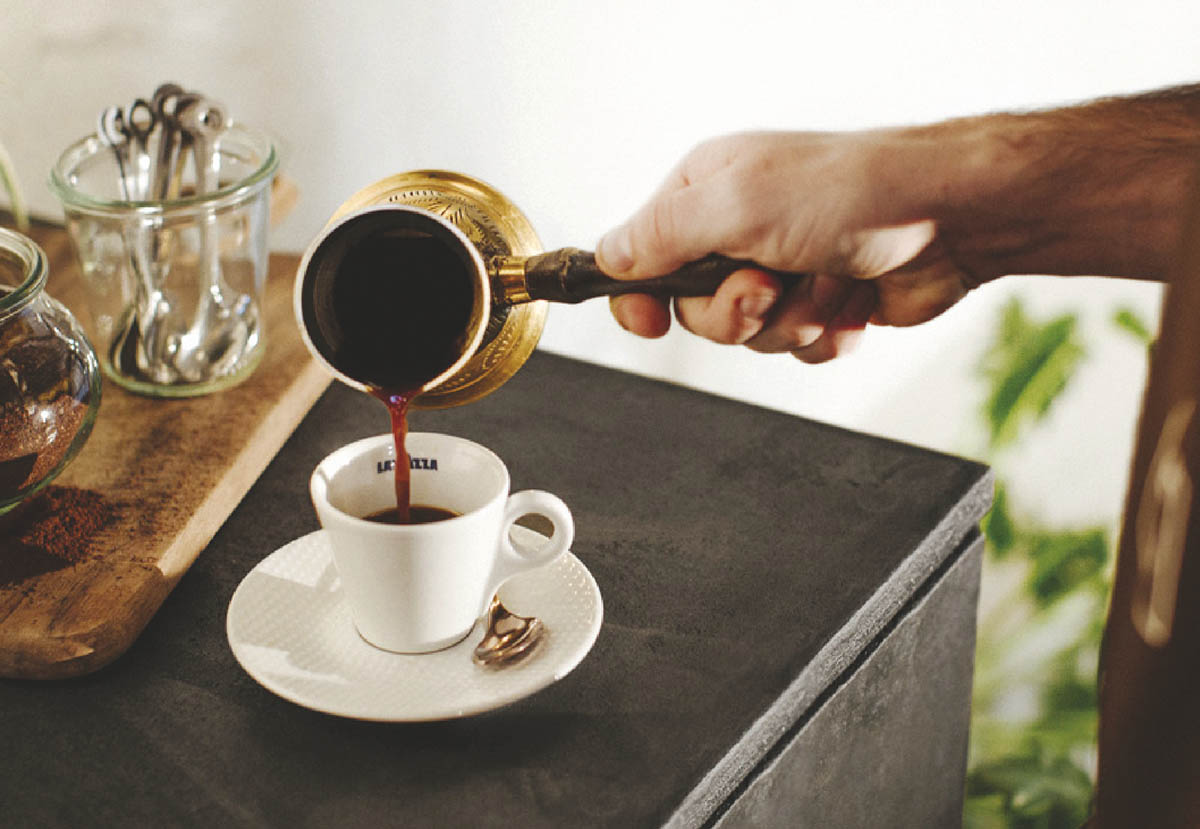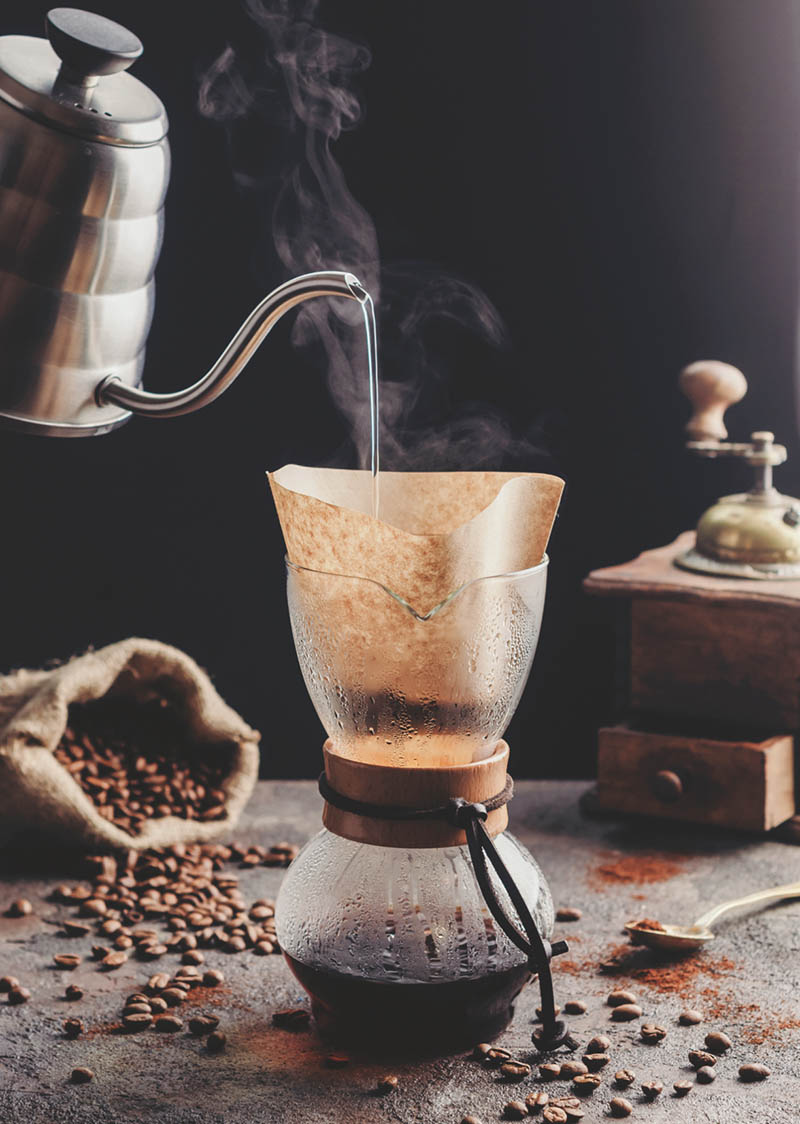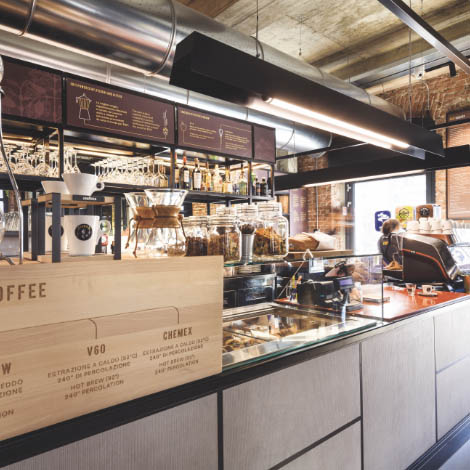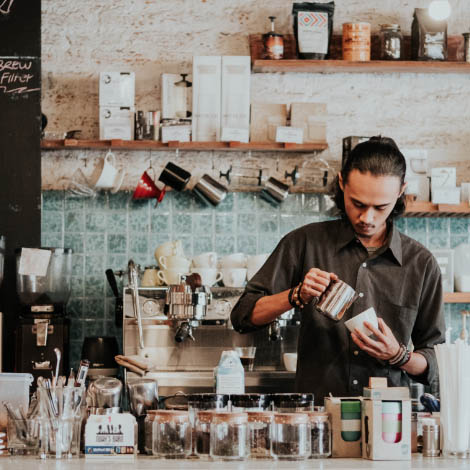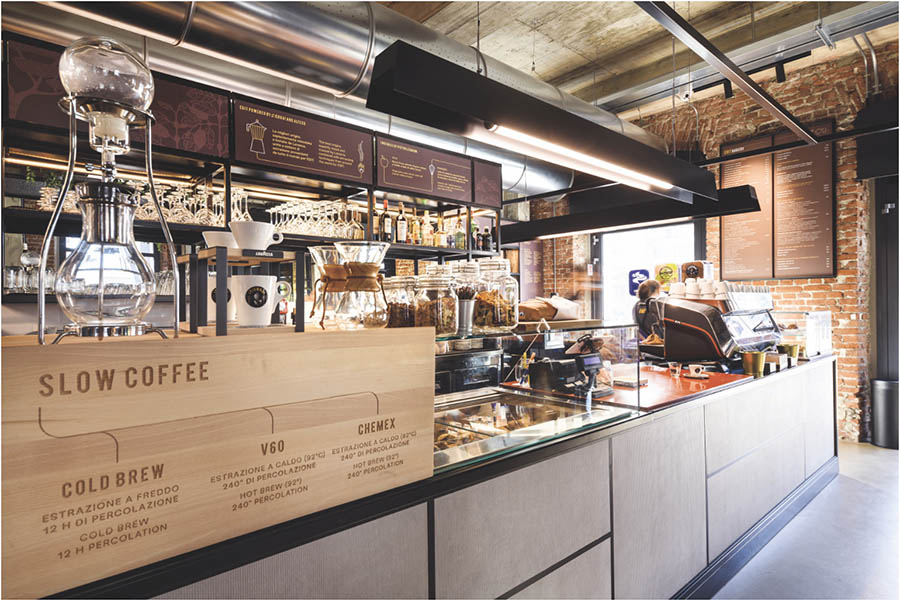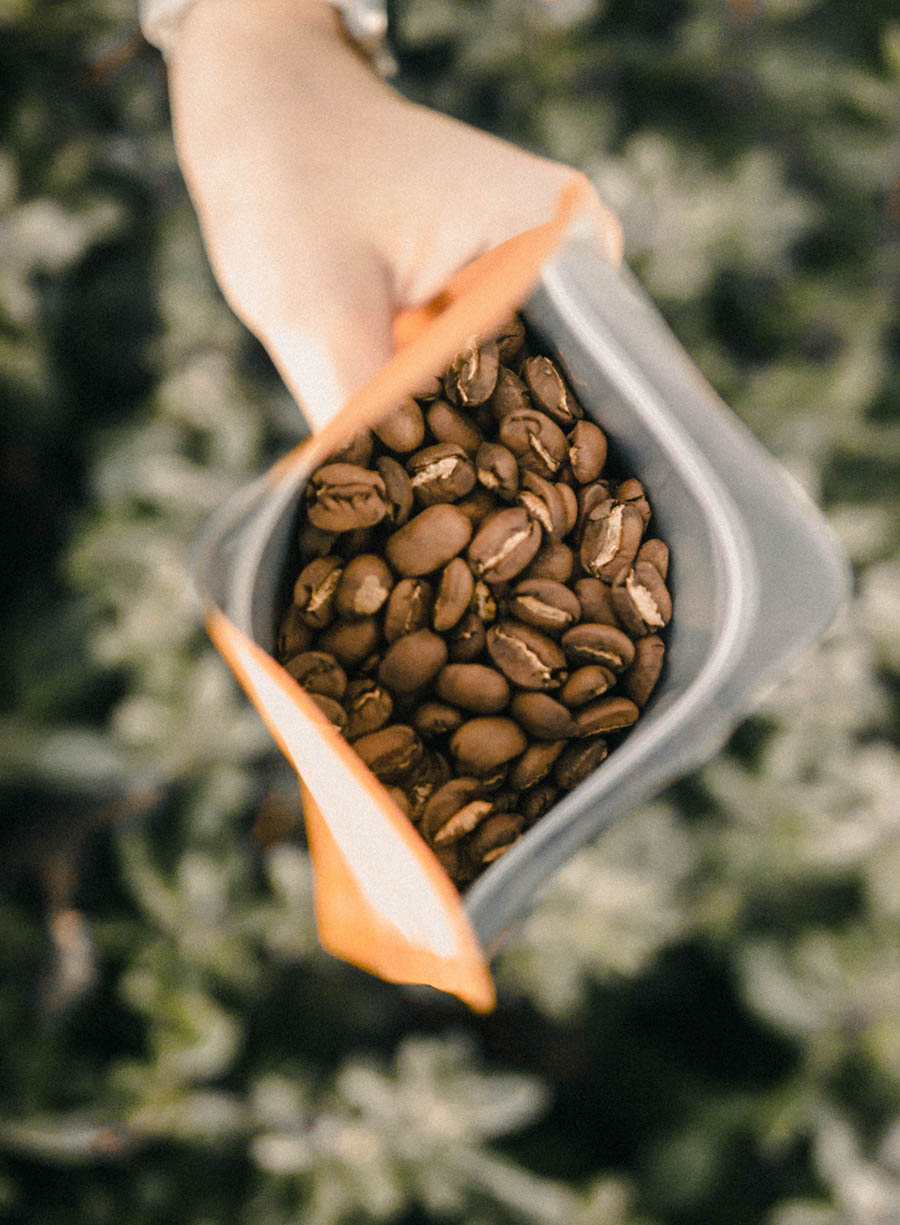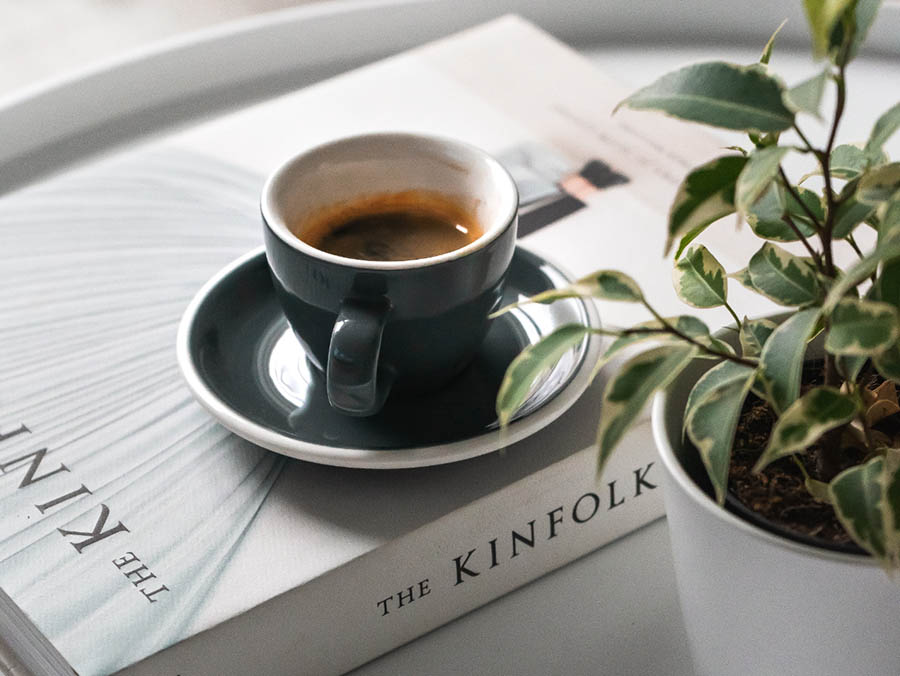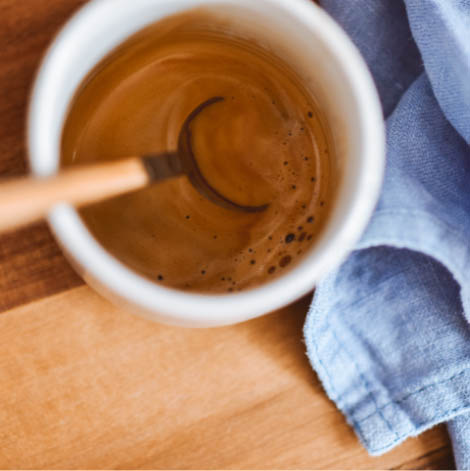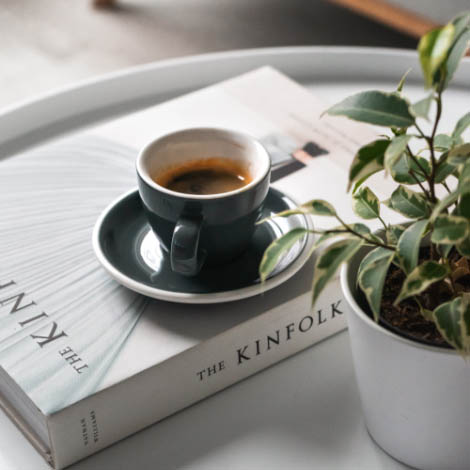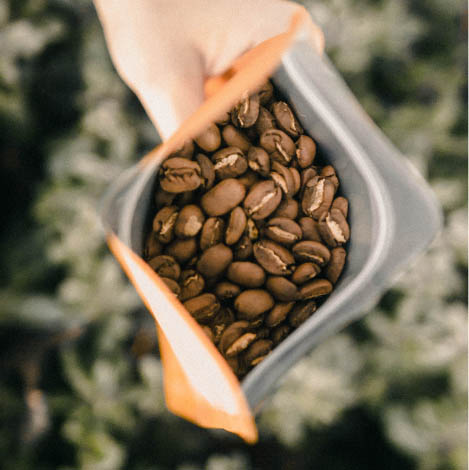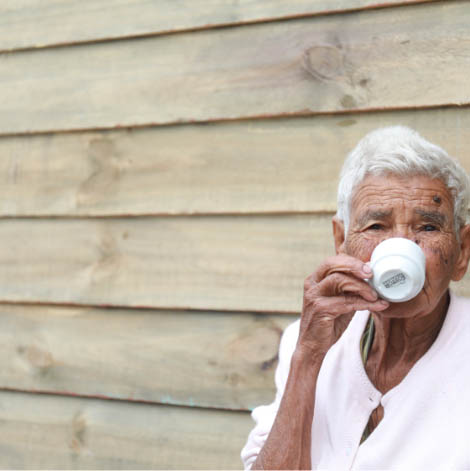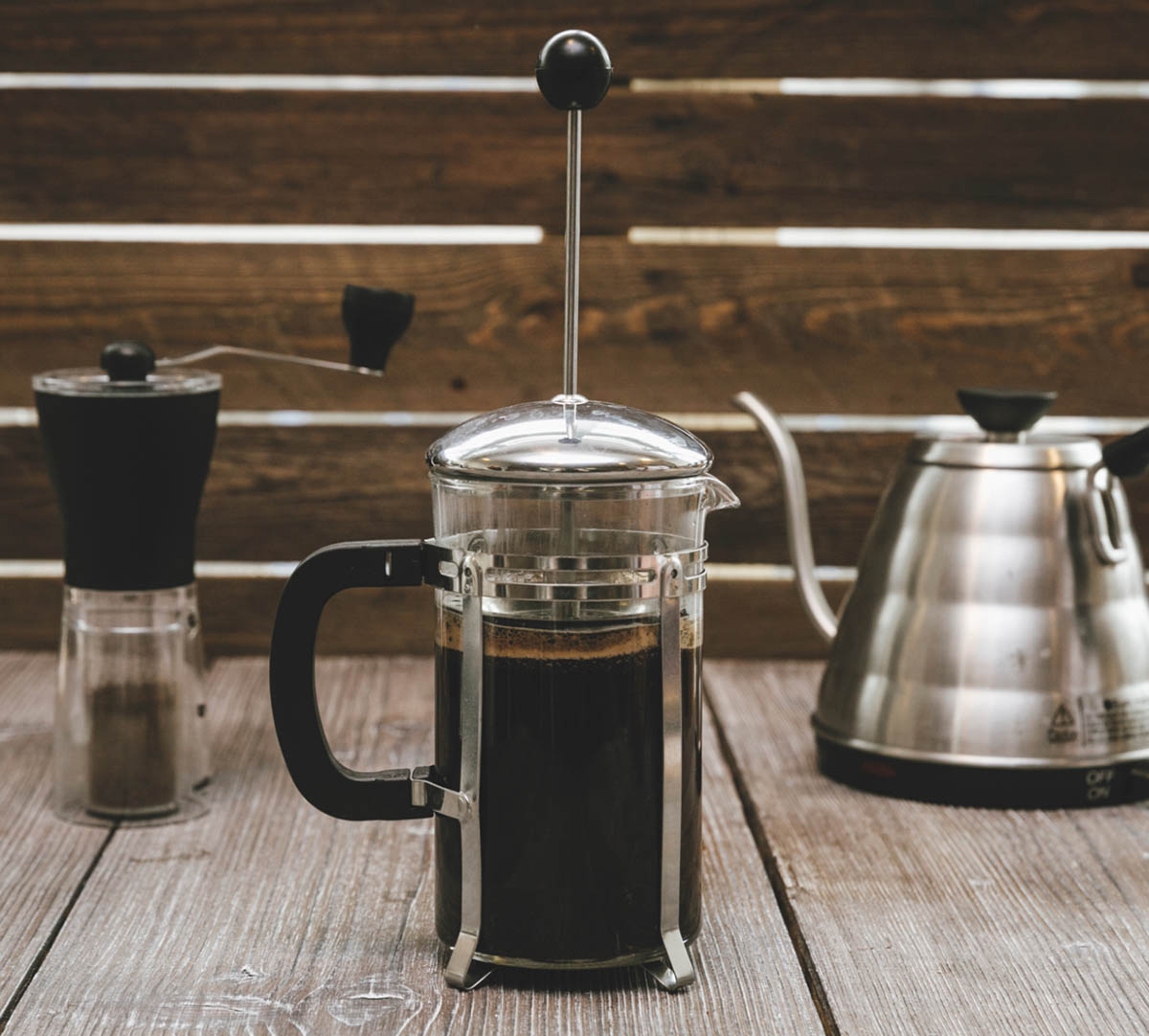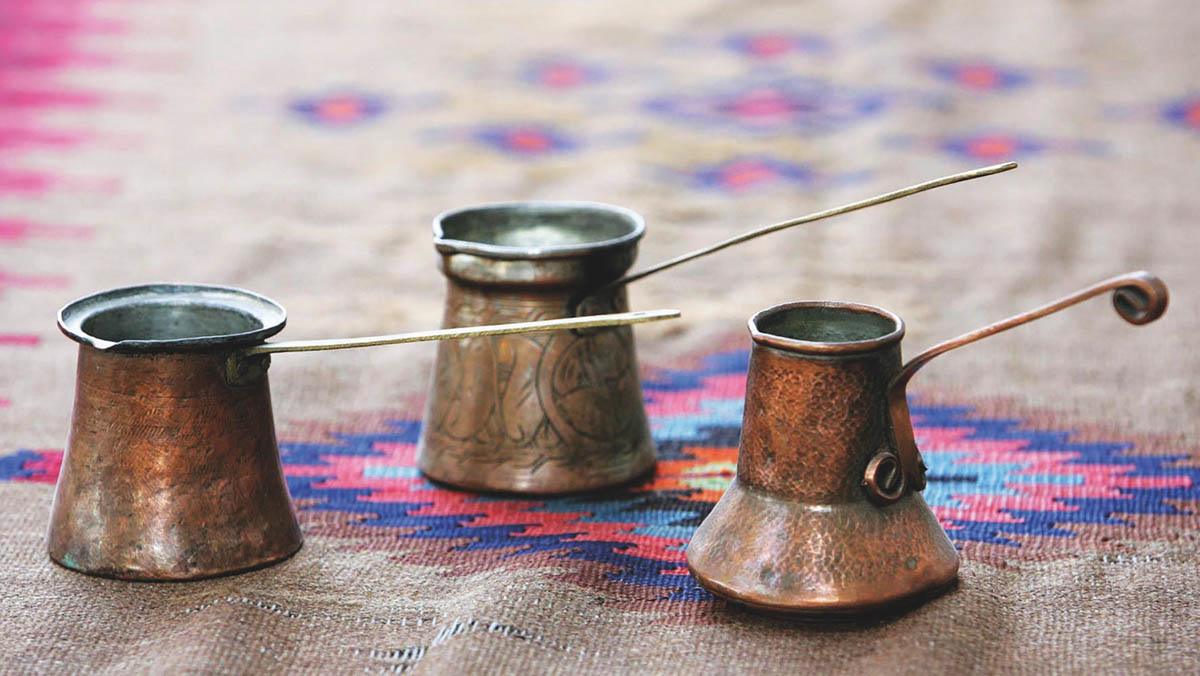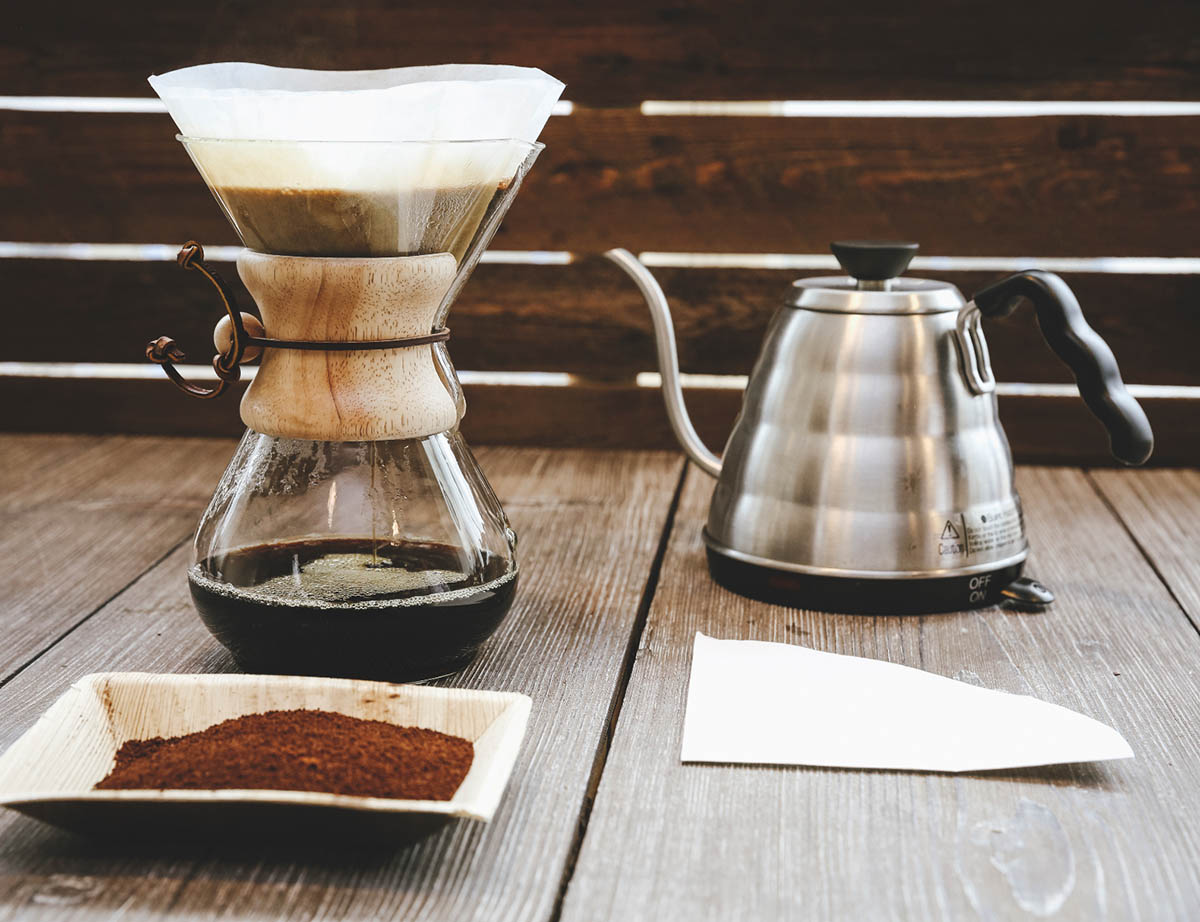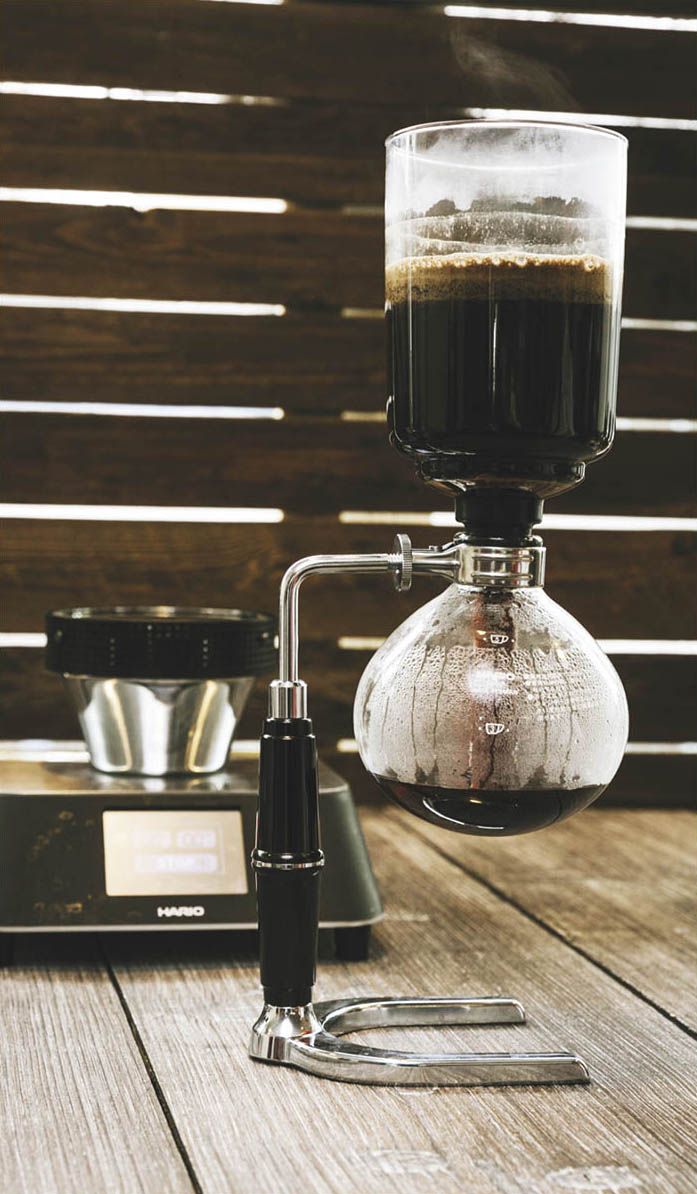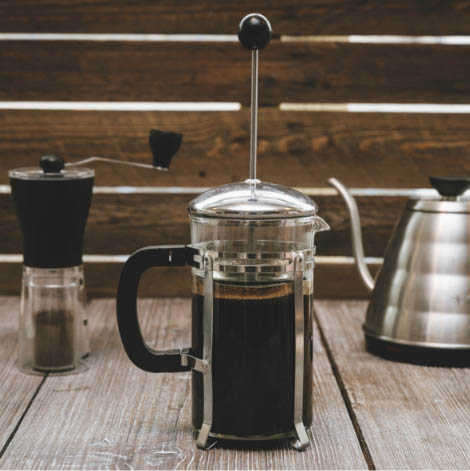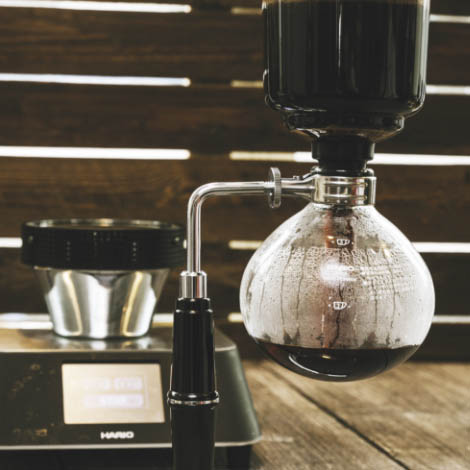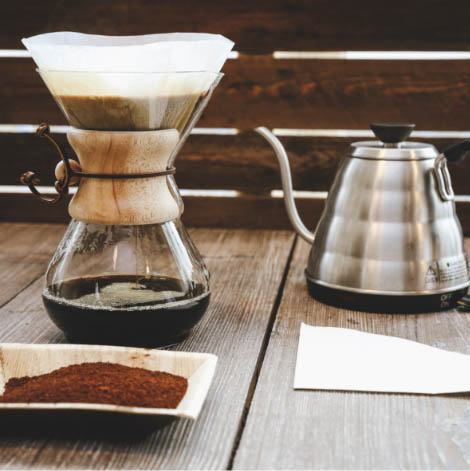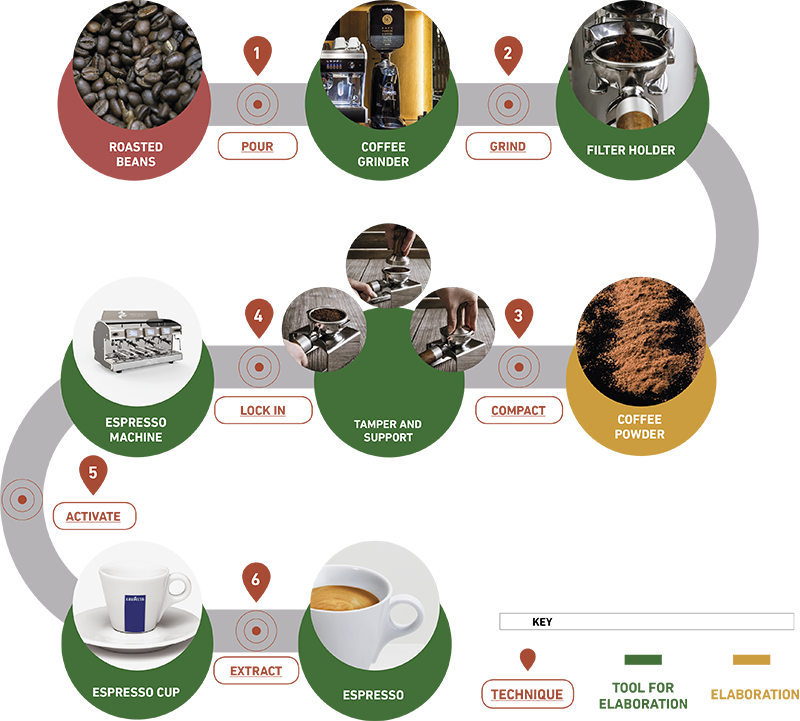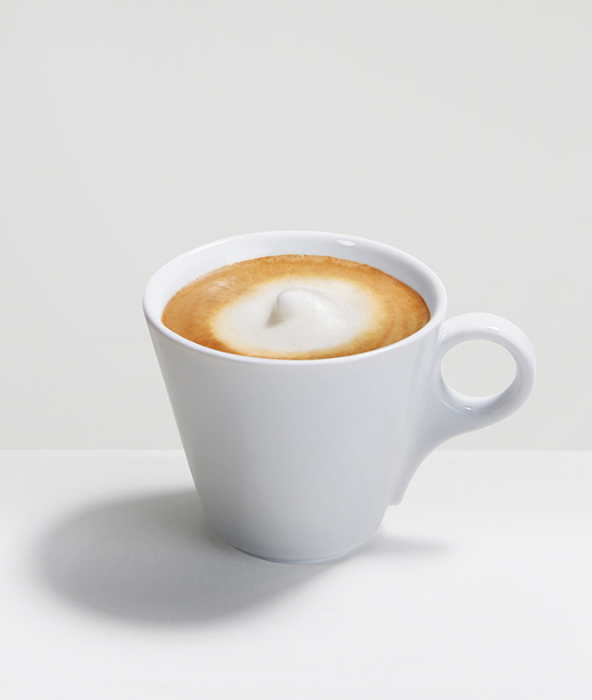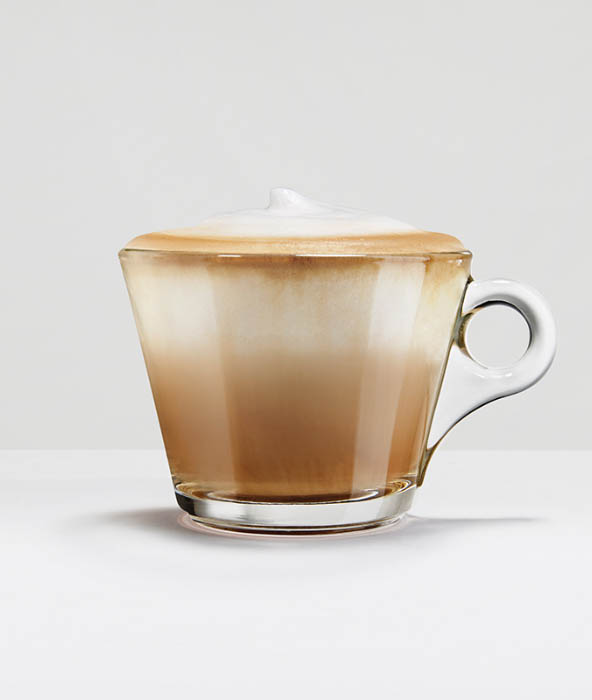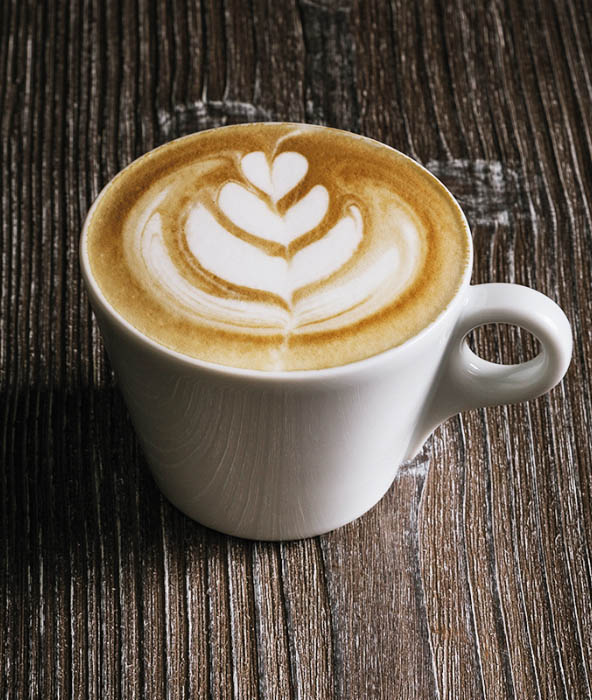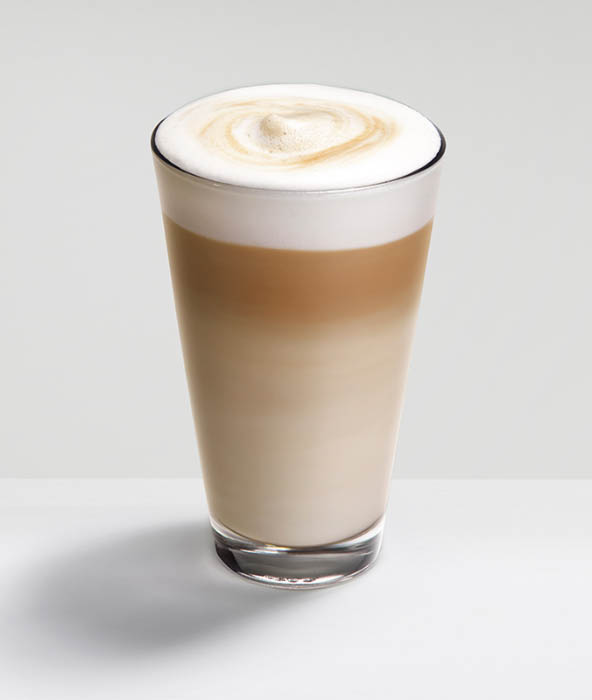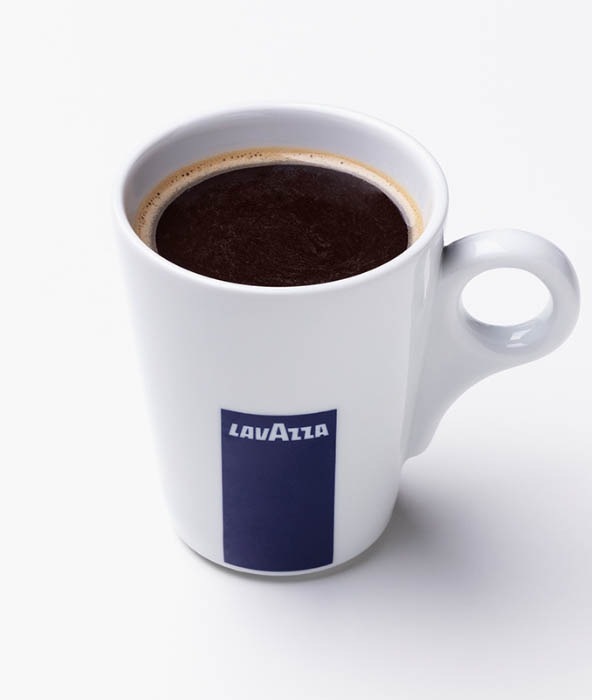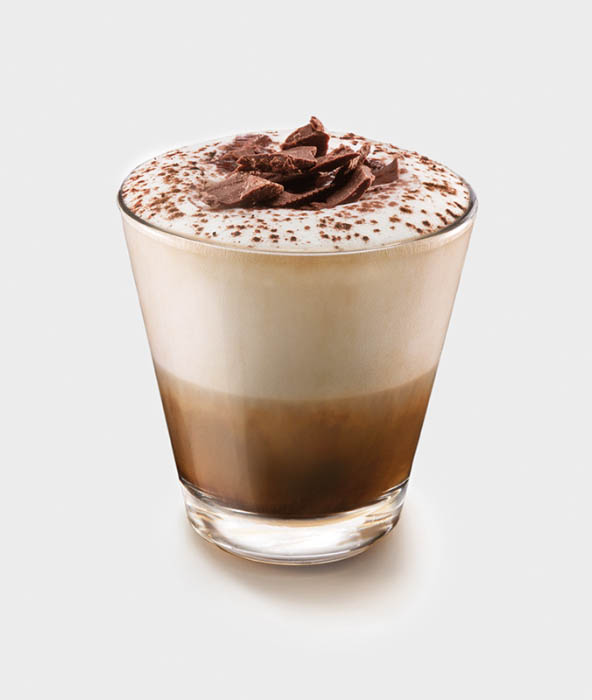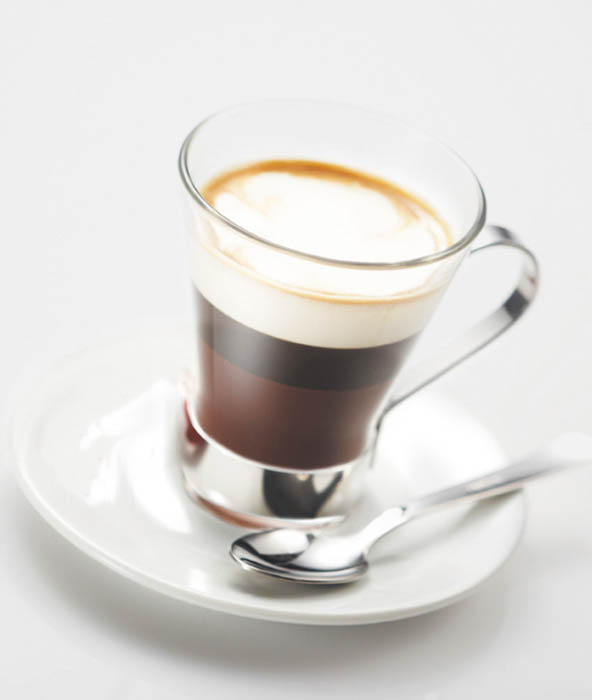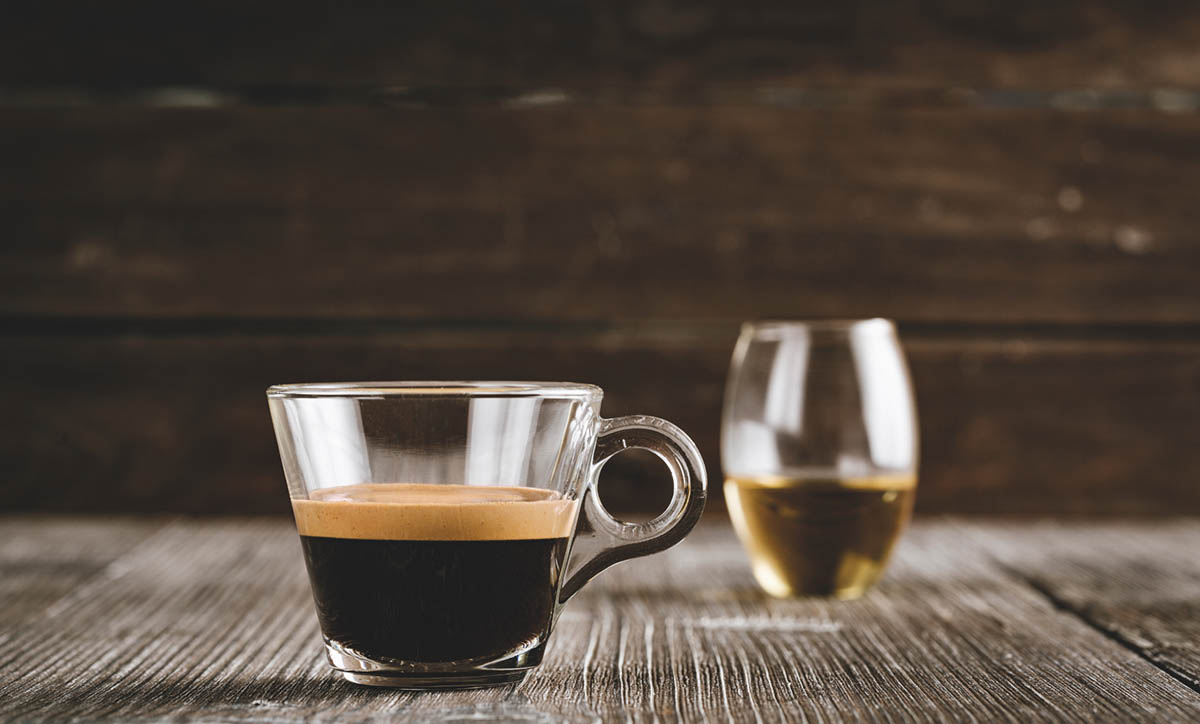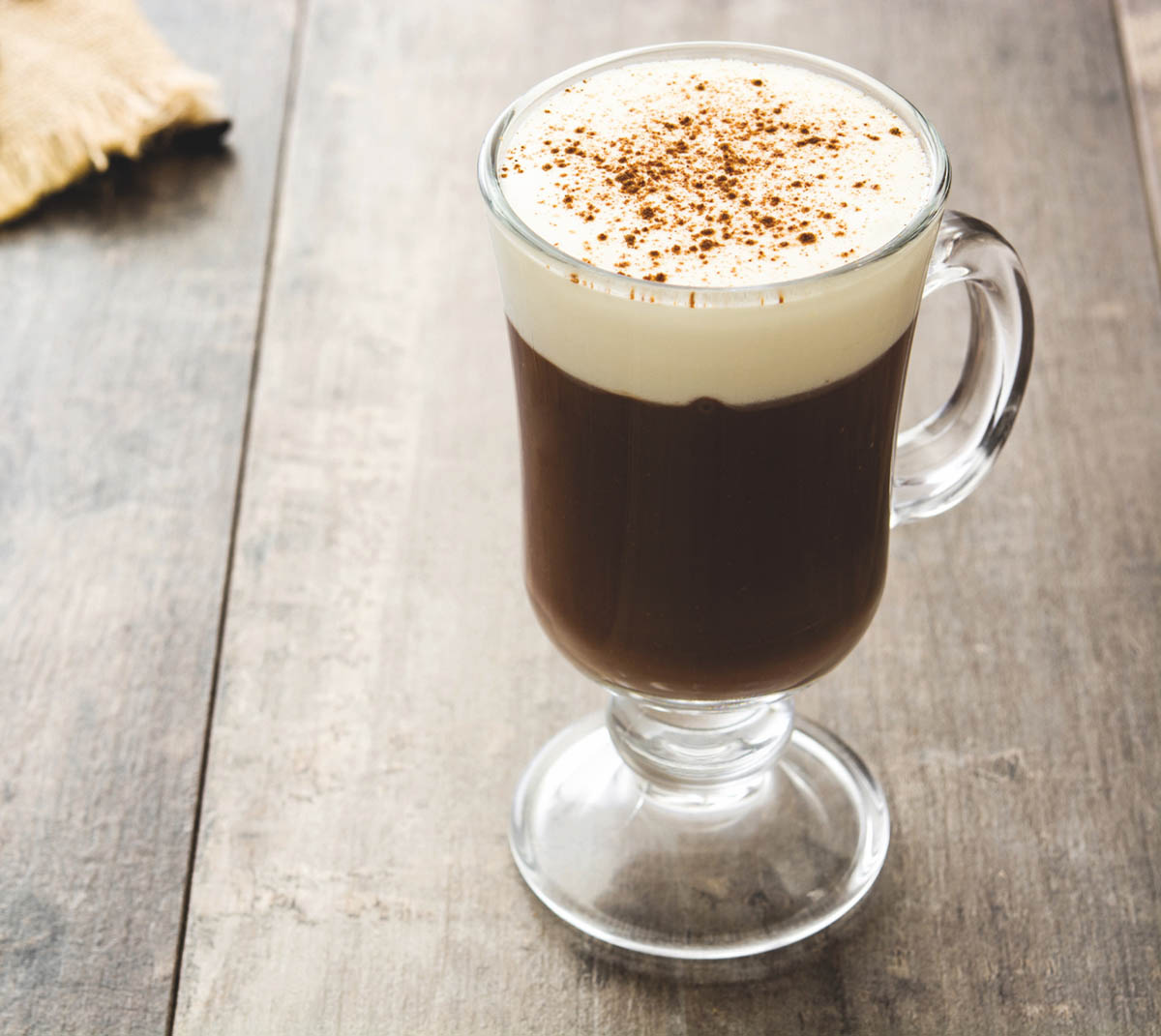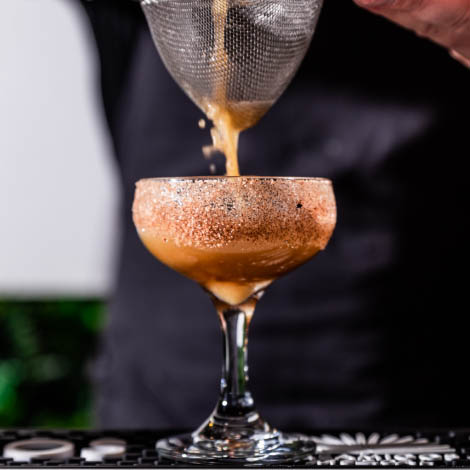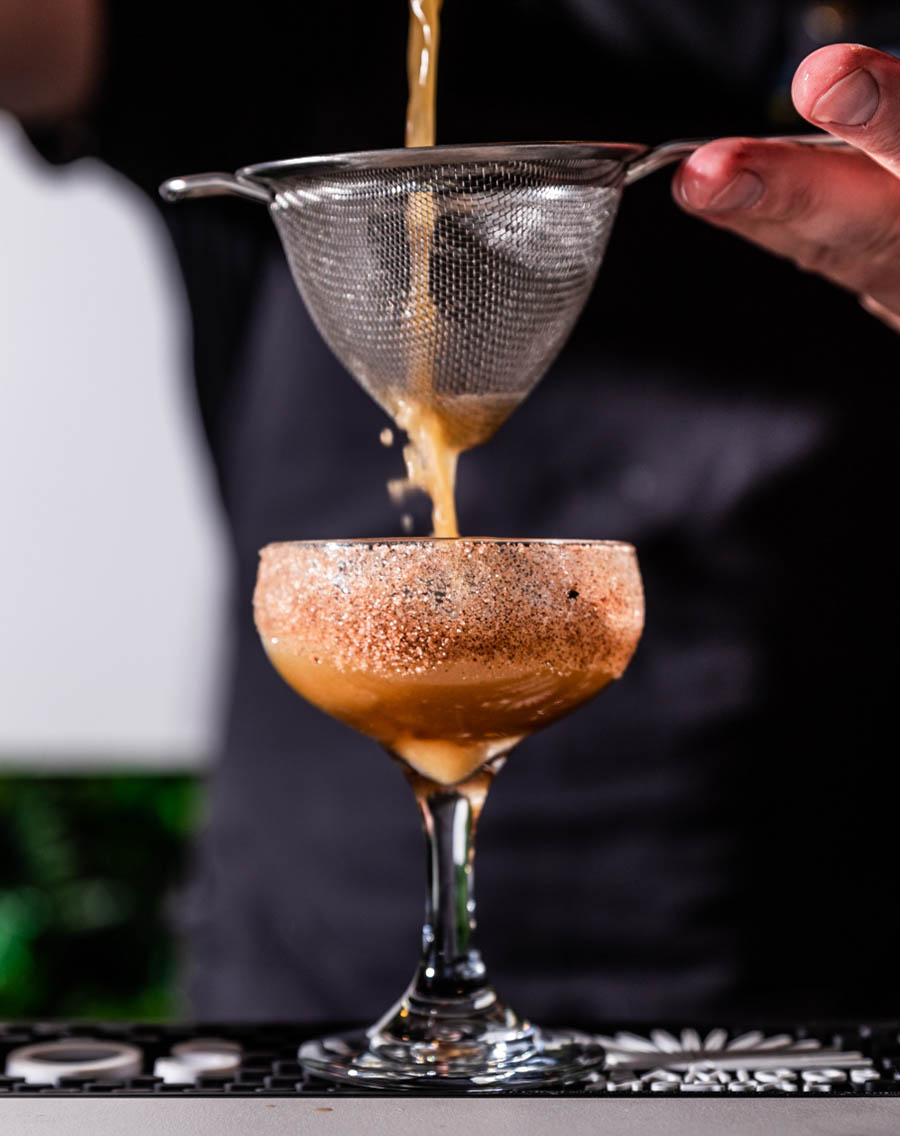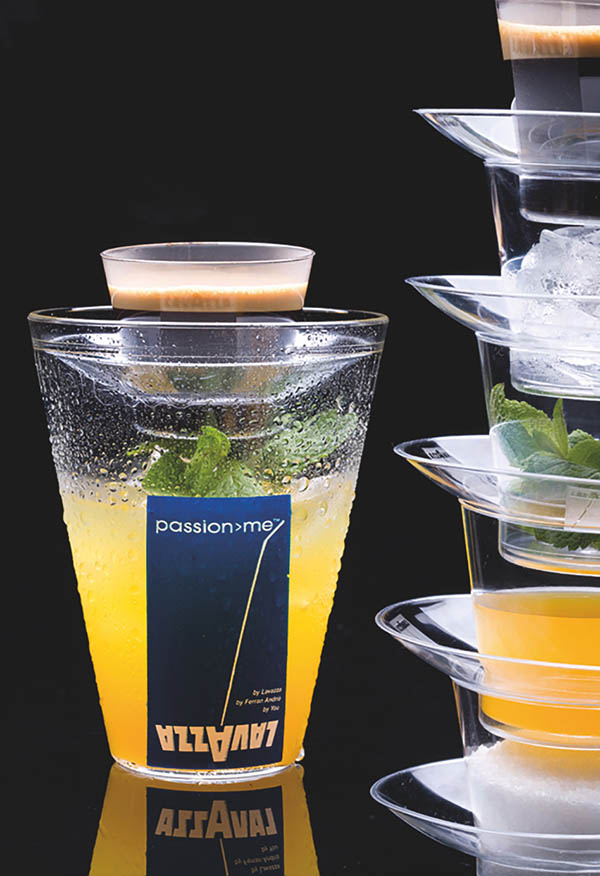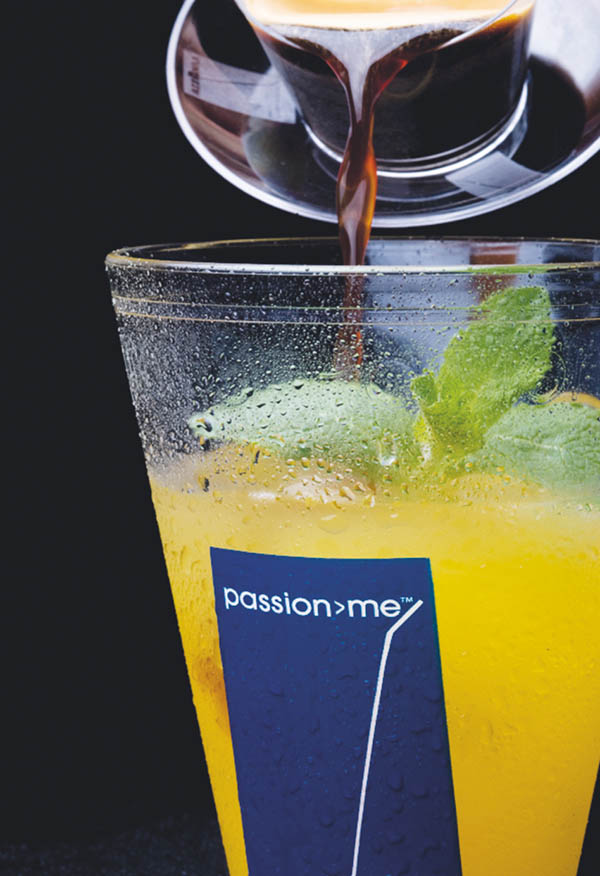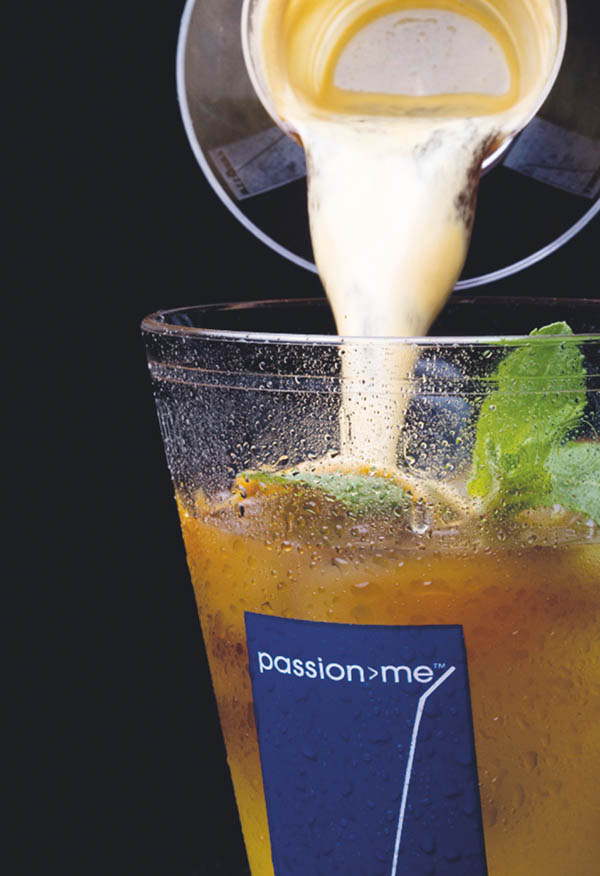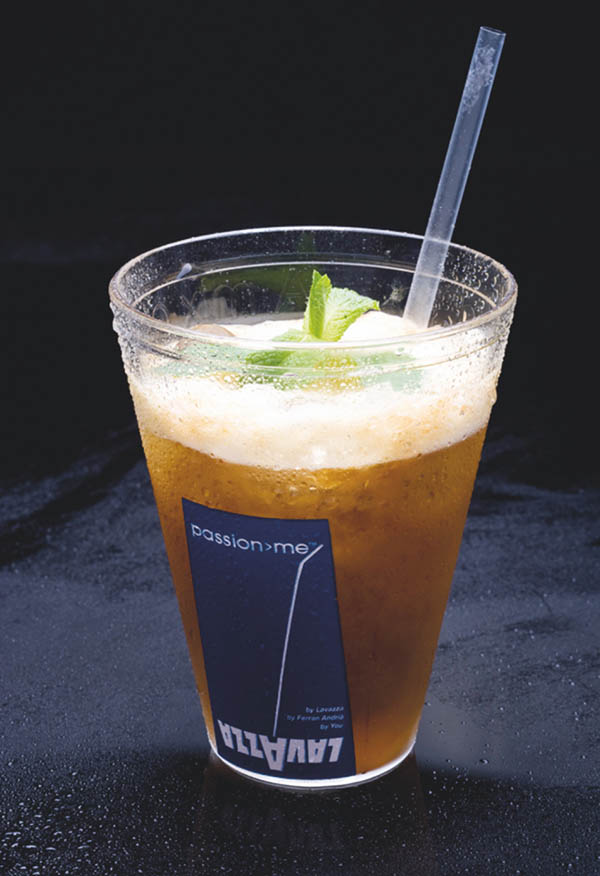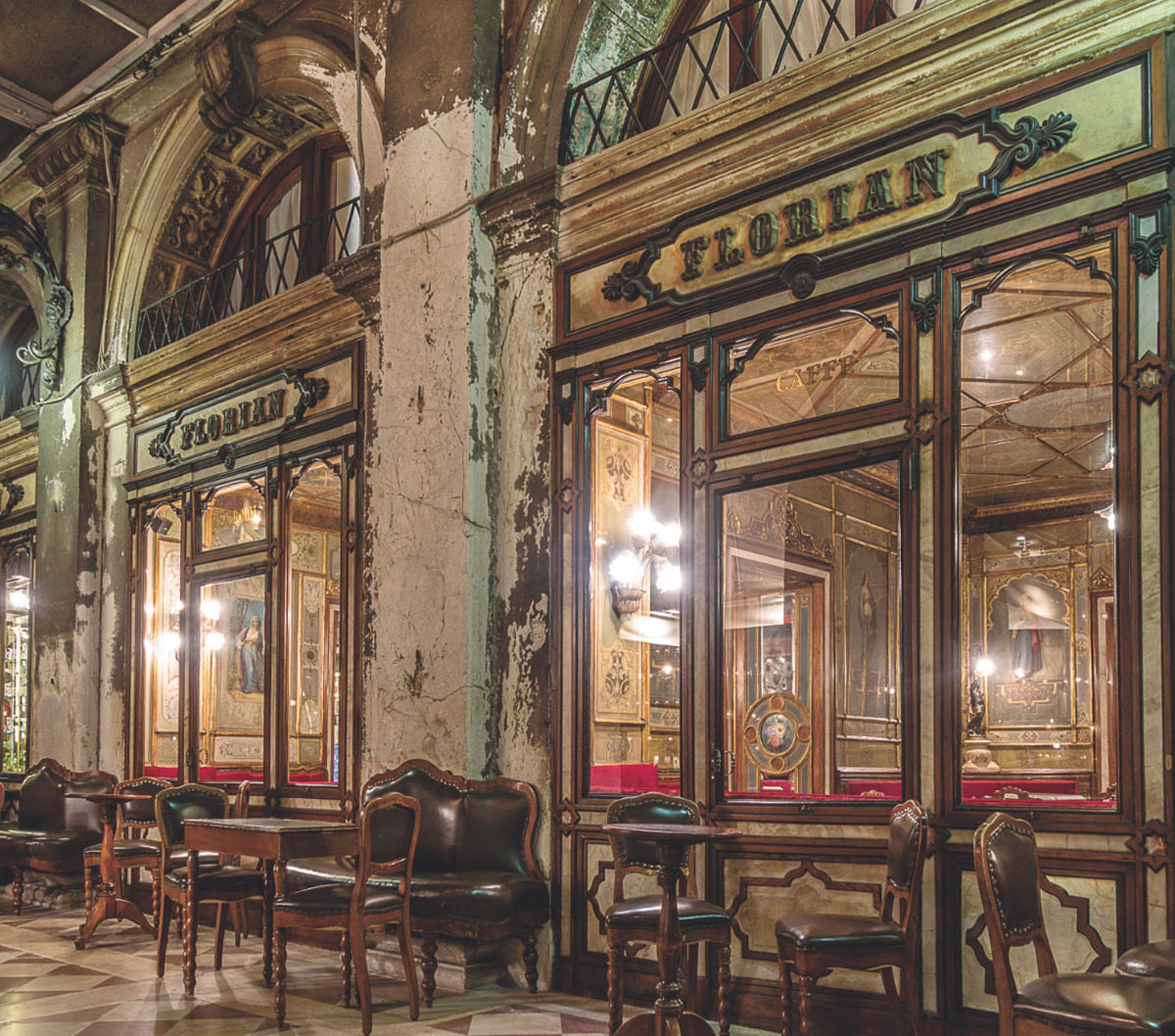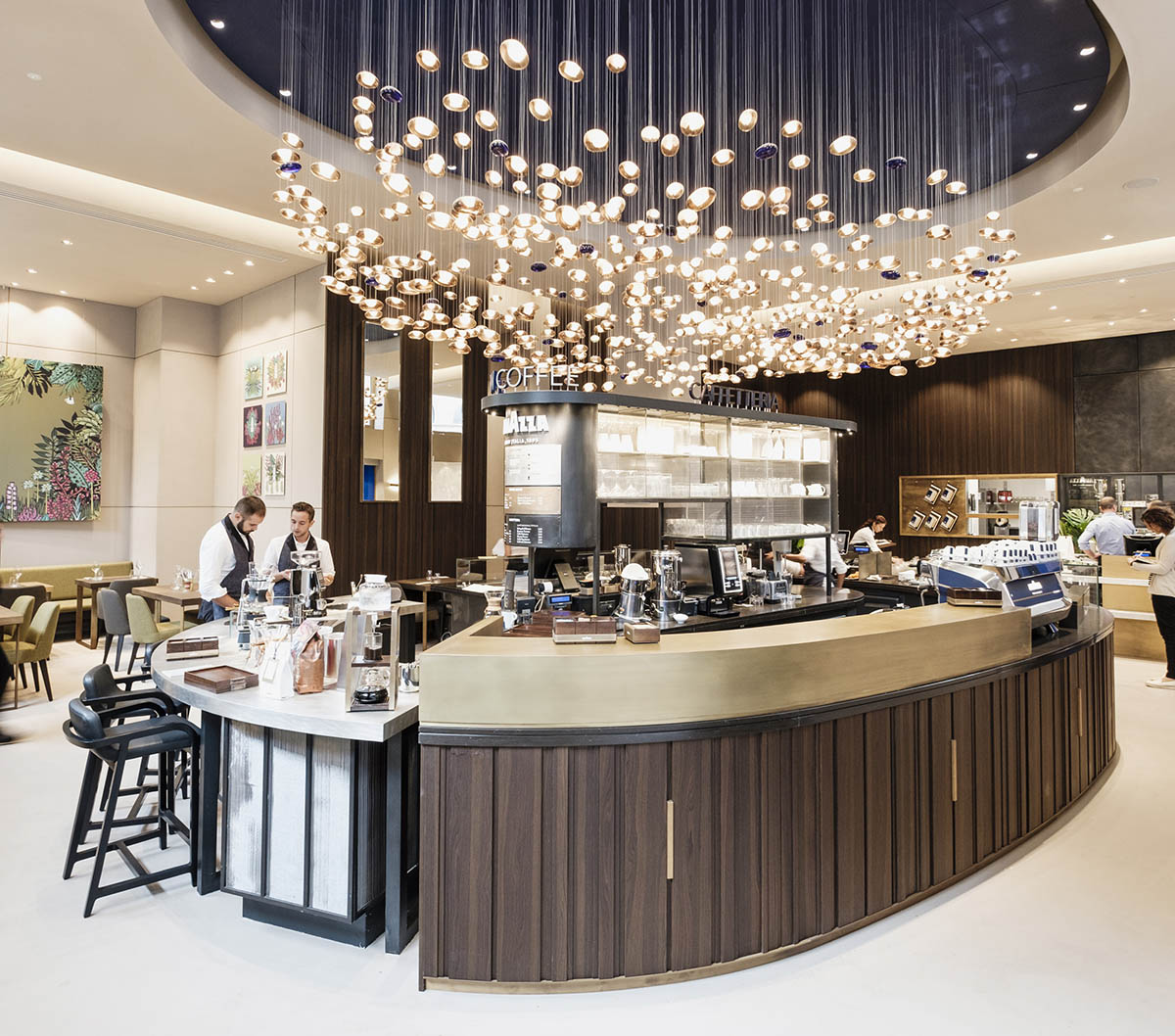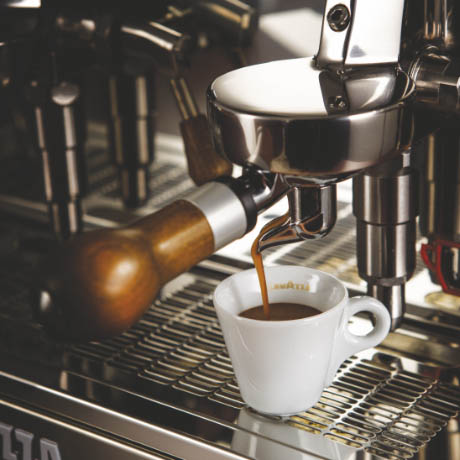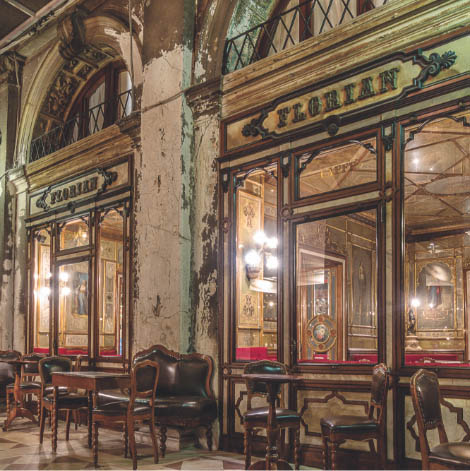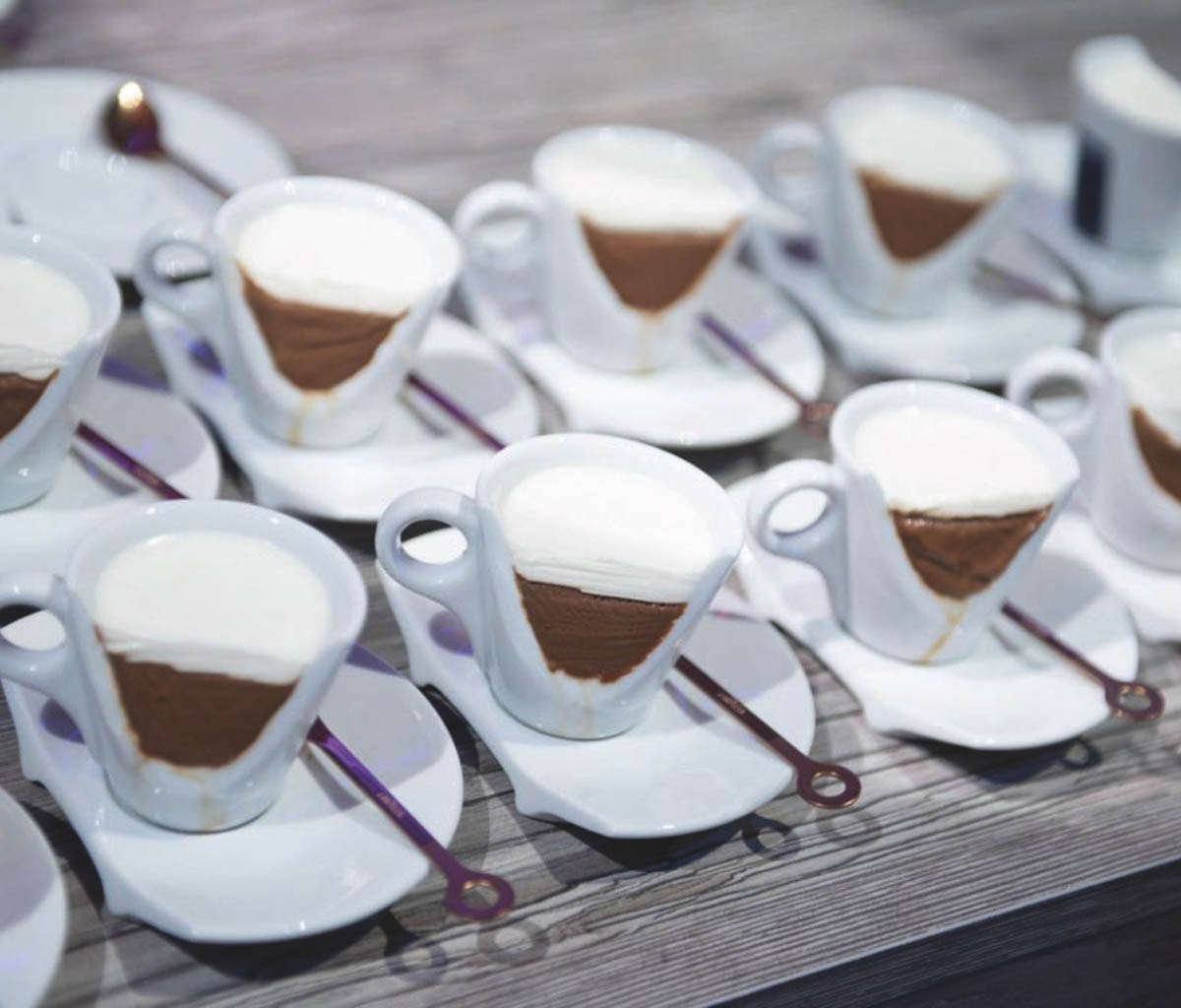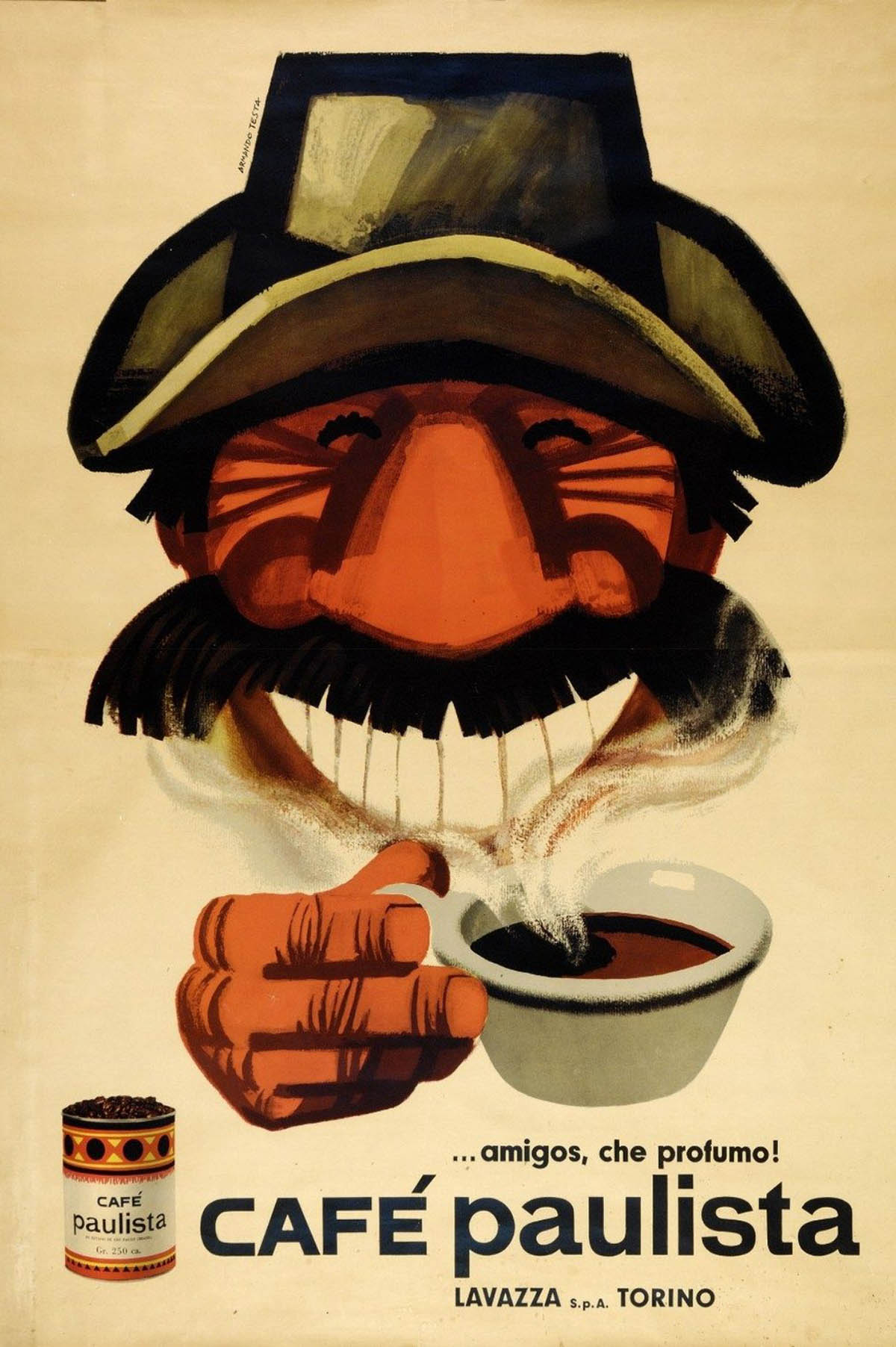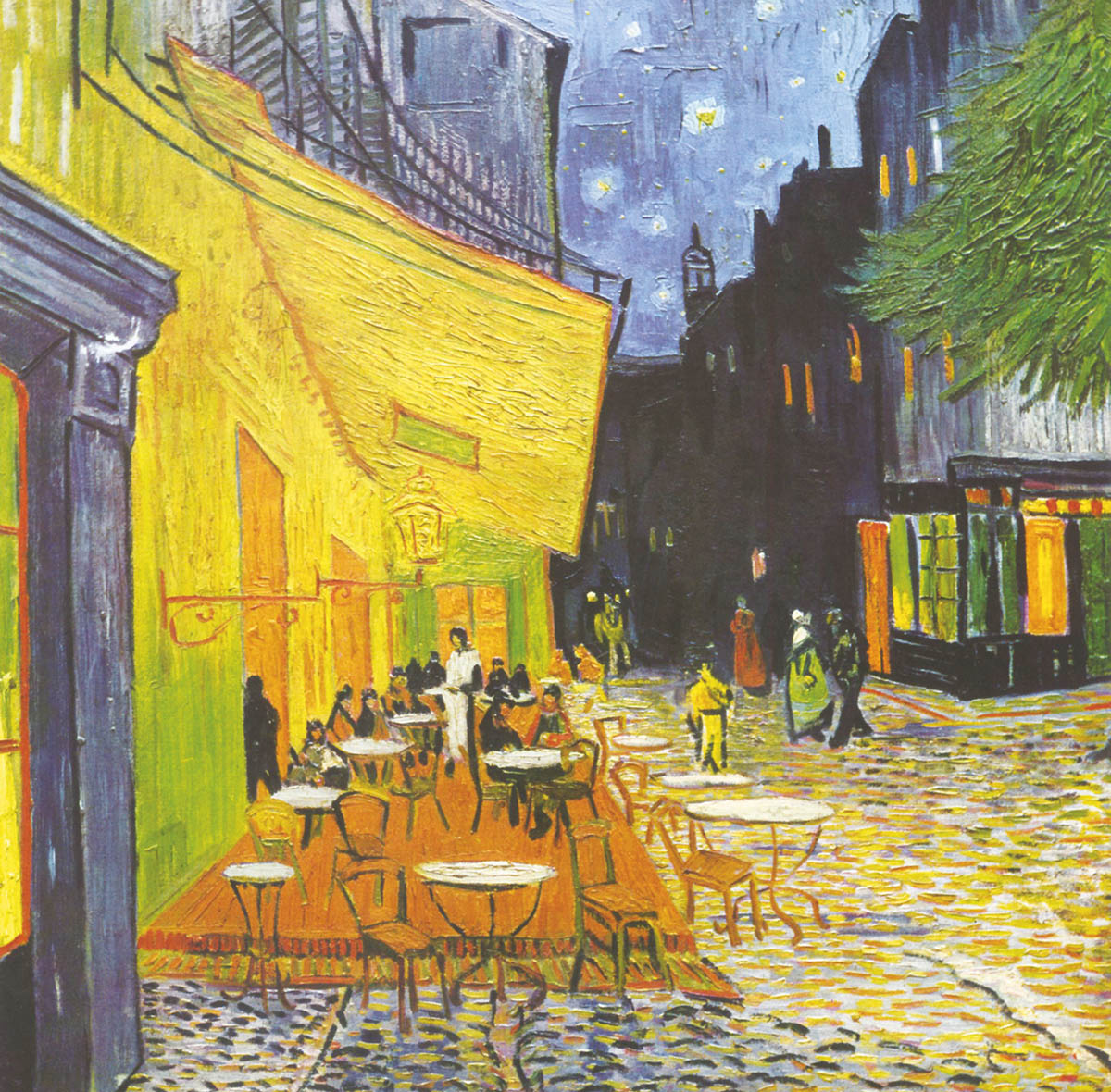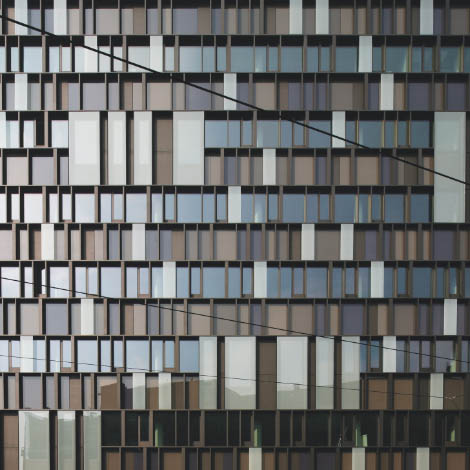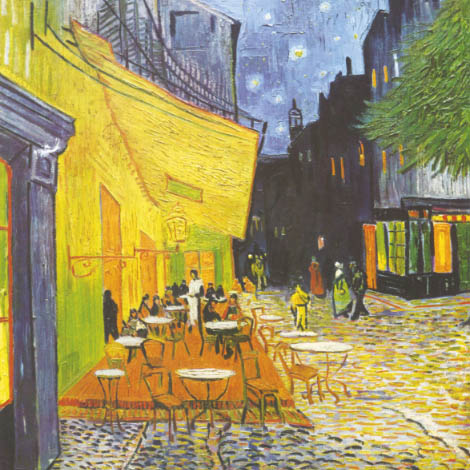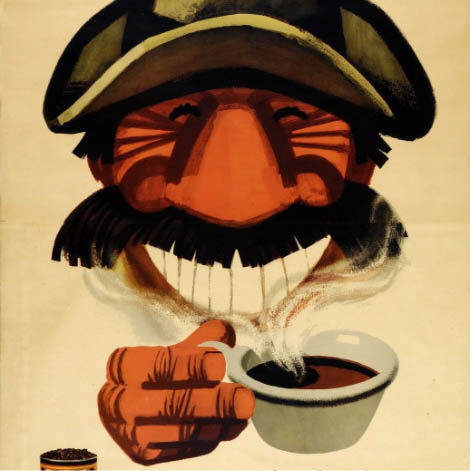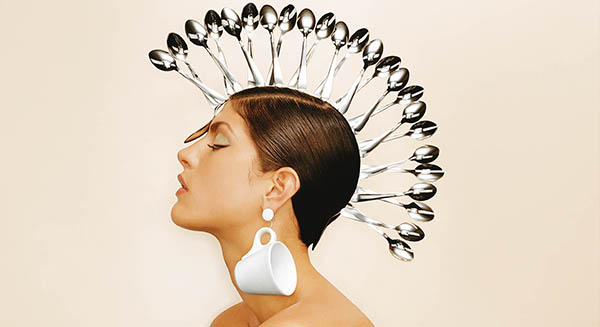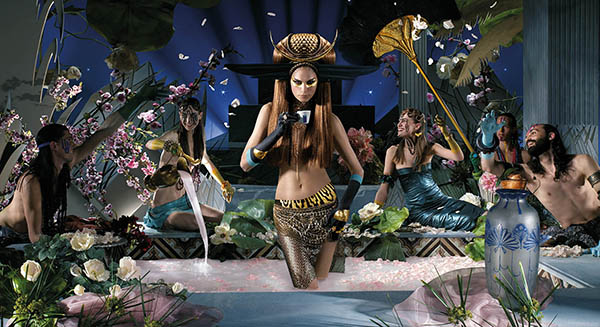the Middle East
Once the habit of drinking buna coffee spread amongst Ethiopians, it was only a matter of time before preparing expanded, especially after the trade between the southern Arabian Peninsula and the Horn of Africa, intensified in the ninth and tenth centuries AD.
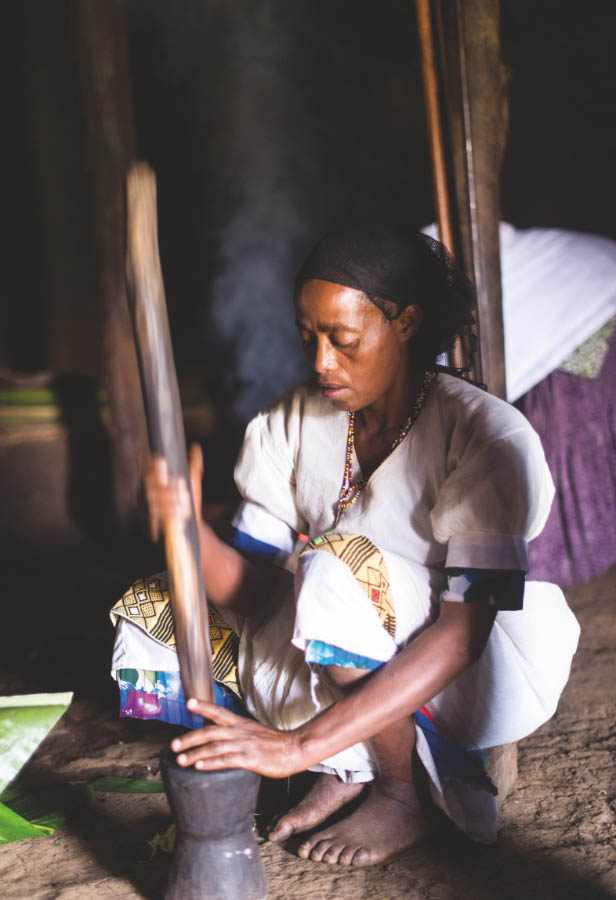
In this pre-Ottoman framework, the drink obtained from the coffee plant was drunk warm. The reinforcement of its religious role among Sufi monks contributed to its being consumed in other circumstances, first privately among the well-to-do, and then in more popular environments.
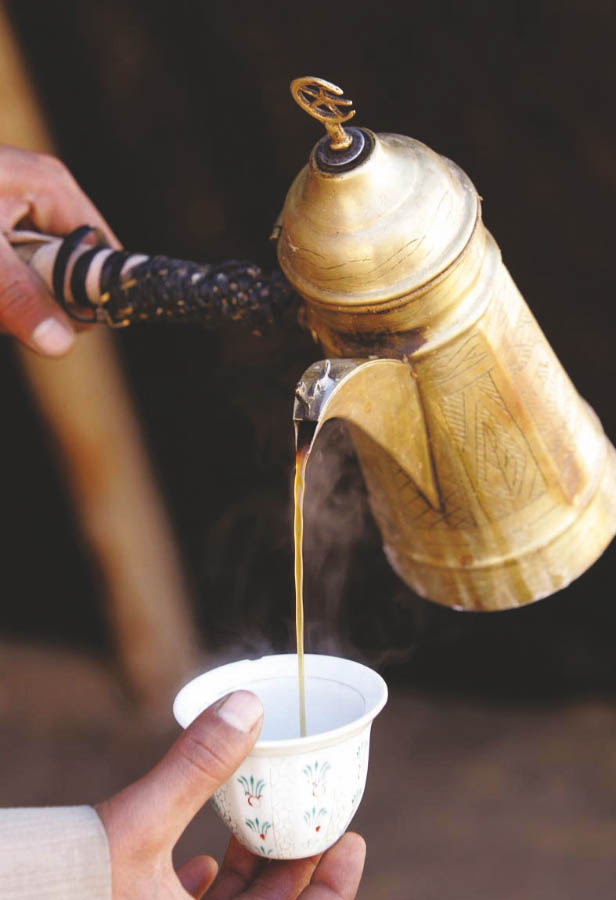
A new method to enhance the aroma was introduced in Istanbul: the beans were roasted on the fire, to be subsequently finely ground and slowly boiled with water on the fire. This system led to the creation of the typical Turkish coffee tool, the cezve, a small metal container with a long handle.
The kahve kanes — a major innovation of the time — spread rapidly as centres of religious and intellectual life: public spaces where the conversations of merchants and men of culture abounded.
as an elaboration and of the
coffee house as a gastronomy
venue in the Western world
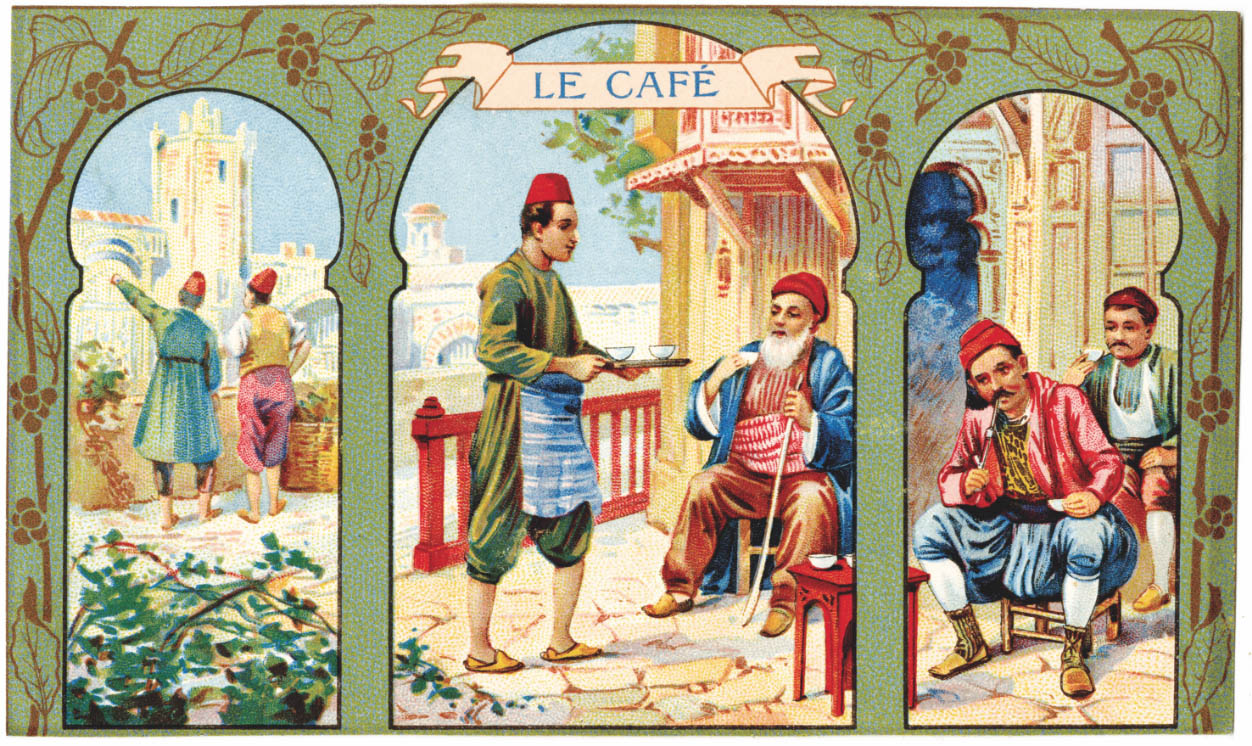
In the second half of the century, coffee houses became established as gathering places where the emerging middle classes could meet and where intellectuals could circulate enlightened, liberal, romantic and democratic ideas.
Europe
The ‘mission’ of the first coffee houses in Europe was to offer a different atmosphere from that available in taverns and coffee shops. Calm, inclusive and stimulating. A place of meeting and conversation within the bustle of daily life.
At the end of the century, foreign names and blends of ground coffees were already fashionable, especially regional blends or those considered exotic, like Arabica, Java and Bourbon. The most popular elaboration technique in the seventeenth century used infusion by boiling.
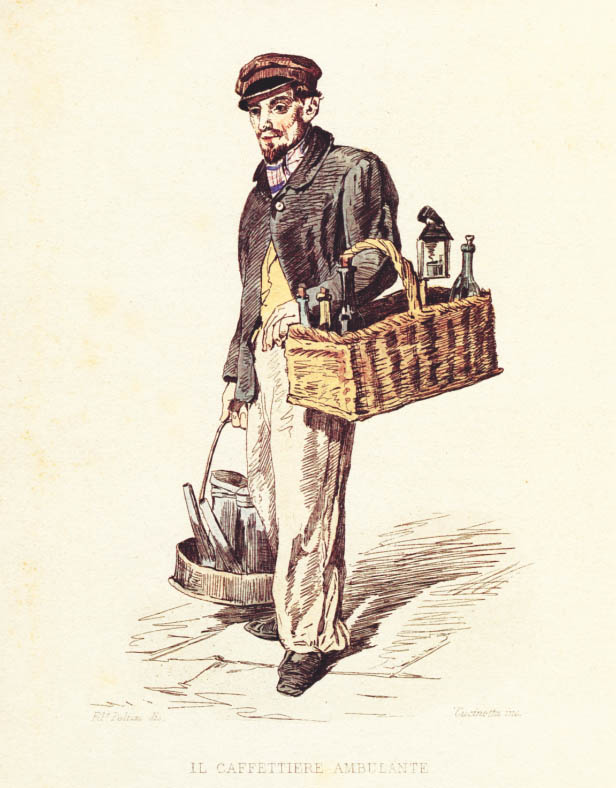
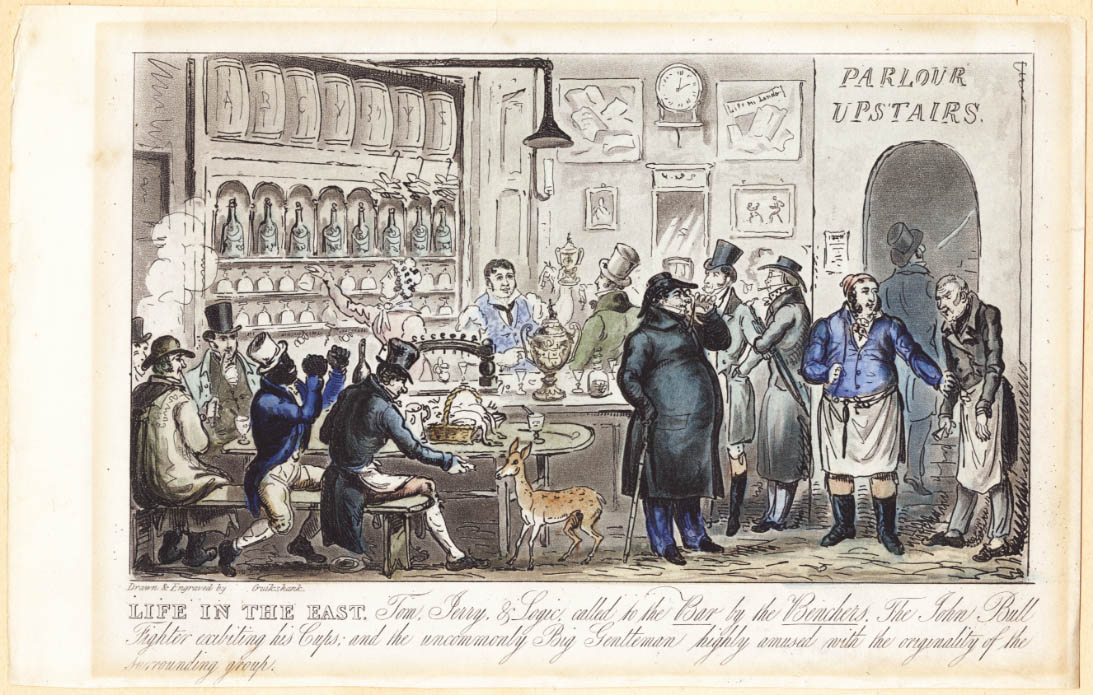
The brewed coffee was probably weaker than today. Initially boiled and unfiltered, it was often excessively bitter, sour and strong. Therefore, it was unable to immediately satisfy the new European consumers, mostly annoyed by the residual funds.
the Enlightenment and
Romantic era coffee house
Western coffee houses progressively integrated with bourgeois culture and values — such as the work ethic, moderation, good sense and good behaviour — which were on the rise compared to the declining nobility, who preferred the private consumption of exotic beverages.
The circulation of the elaborated product was limited or obstructed in various circumstances, as occurred in 1771 with Frederick II of Prussia and with Napoleon’s Continental Blockade (1806). On both occasions substitutes spread, such as chicory and other ingredients to add to coffee to alter its nature or as a substitute.
1802
A significant improvement in the elaboration of coffee came about with the introduction of the percolation (or filter) method with a bag in paper, fabric or chain metal for which the presumed first patent, by the Frenchman Henrion, dates back to 1802.
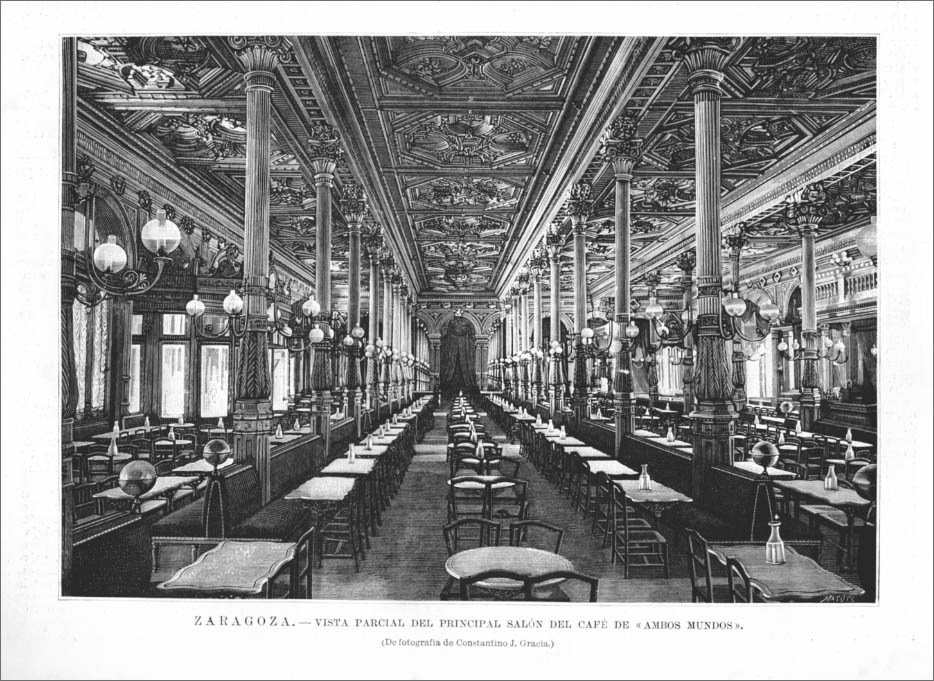
Various run-down premises were taken over and transformed into café concert, spaces which served beverages and food coupled with a theatre, comedy or musical performance on a stage that was often improvised to attract new types of customers.


XVIII CENTURY
In the mid-18th century, the fashion for setting up tables outside of distinguished establishments spread.
The combination of sugar, milk and coffee was appreciated in many parts of Europe and overseas. In the mid-19th century, the individual sugar cube was invented, which could accompany the service set for the beverage.
La Belle Époque
to the end of the World Wars
At the beginning of the century, in the United States, the first patents for the vacuum-sealed packaging process appeared at the same time as the first patents and sales of instant coffee, widely consumed by American soldiers during the First World War.
1947
The technological innovation that brought the biggest revolution in the service and consumption of coffee was the creation of the espresso machine.
Achille Gaggia filed a new patent regarding the introduction of a piston: operation by ‘pressing’ was replaced thanks to the insertion of a lever capable of pumping pressurised water over the coffee grounds.
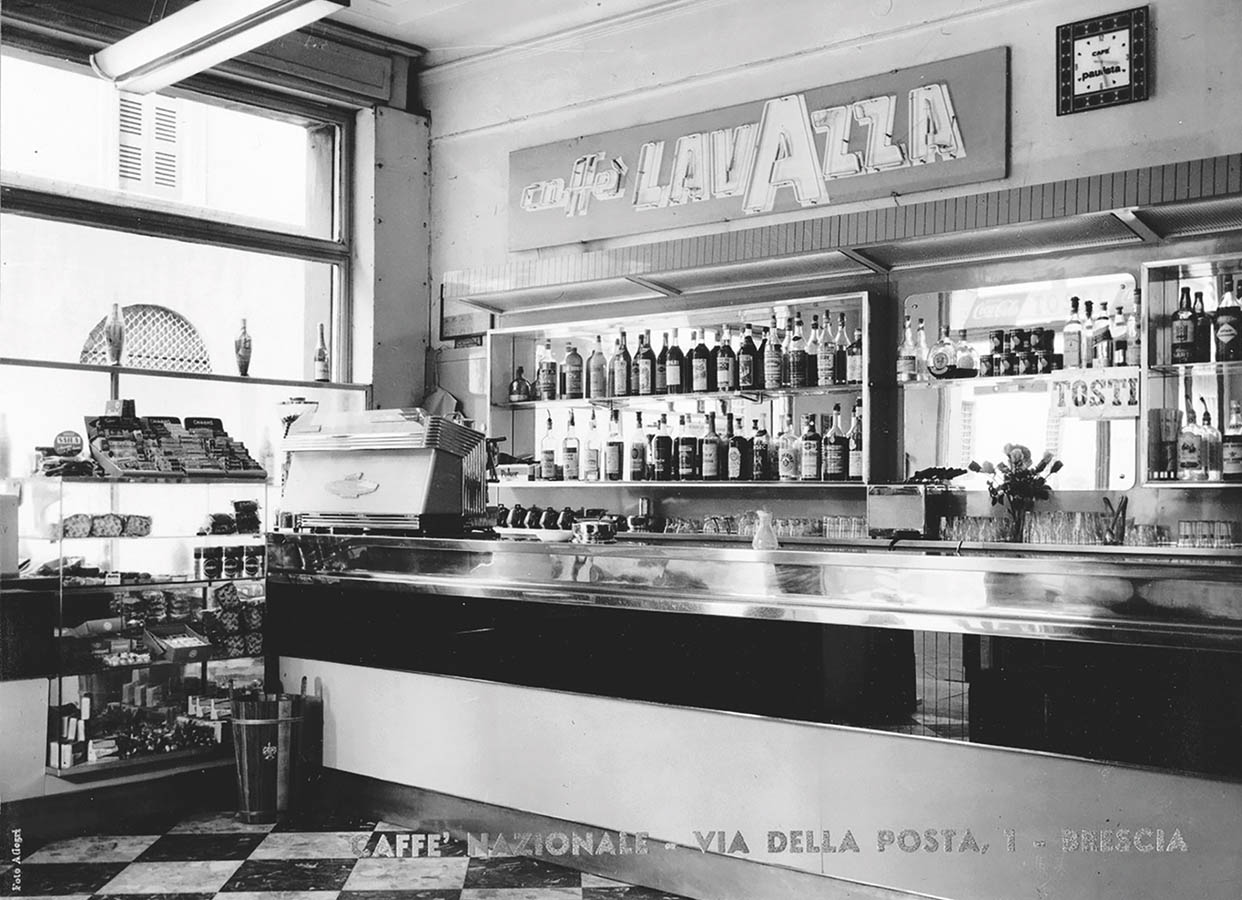
the Second Wave of Coffee
From the so-called economic boom years the work day in Western urban communities was structured and concluded around increasingly consolidated routines, which included the coffee break.
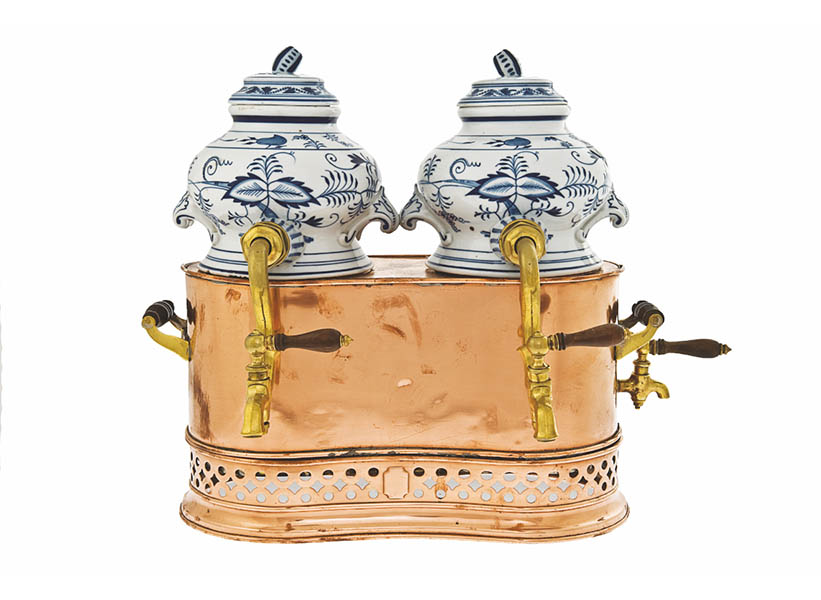
1963
In 1963 the International Coffee Organization (ICO) was established with the aim of improving cooperation between the nations that consume, distribute and produce coffee. The main European roasters dominate the market with ever more technologised and diversified products according to the destination market.

From the point of view of elaborations, this was a period of great change. The institutionalisation of the creamy espresso, due to the improvement of the machines initiated by Gaggia, led to its incorporation in various elaborations with espresso as the main ingredient (espresso based beverages such as caffè macchiato and cappuccino).
and diversified habits
So-called signature coffee are unique and original beverages that express the nature and philosophy of the barman or the establishment that creates them. A concrete example from the world of cocktails is the Coffetails by Lavazza.
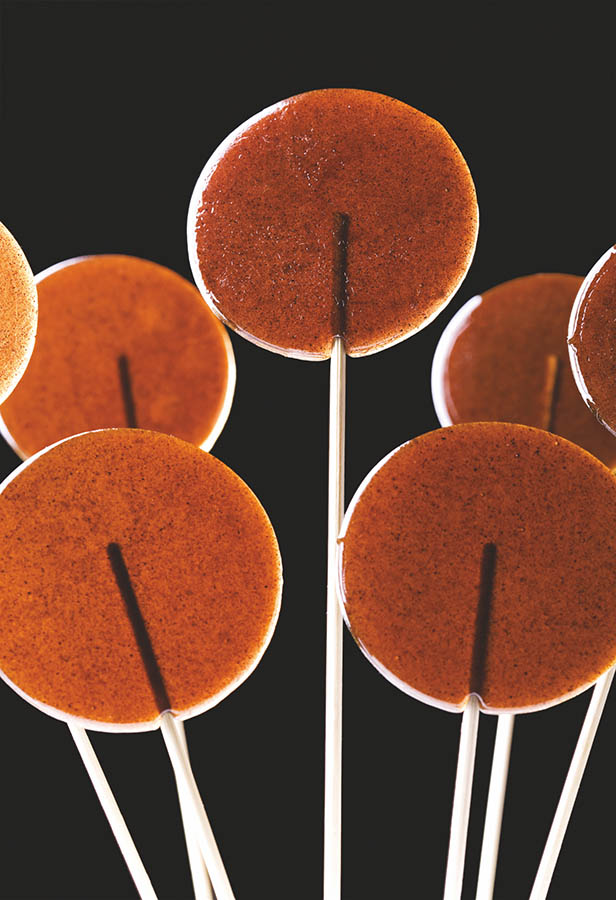
As for domestic consumption, the capsules have had a significant expansion in the United States and western Europe, thanks also to their ease of preparation and the technical progress of the extraction machines.
2015
In 2015, Lavazza, Argotec and the Italian Space Agency (ASI) developed ISSpresso, the first capsule espresso machine able to extract coffee in the space.
On 3 May 2015, Italian astronaut Samantha Cristoforetti drank the first espresso coffee in orbit.


